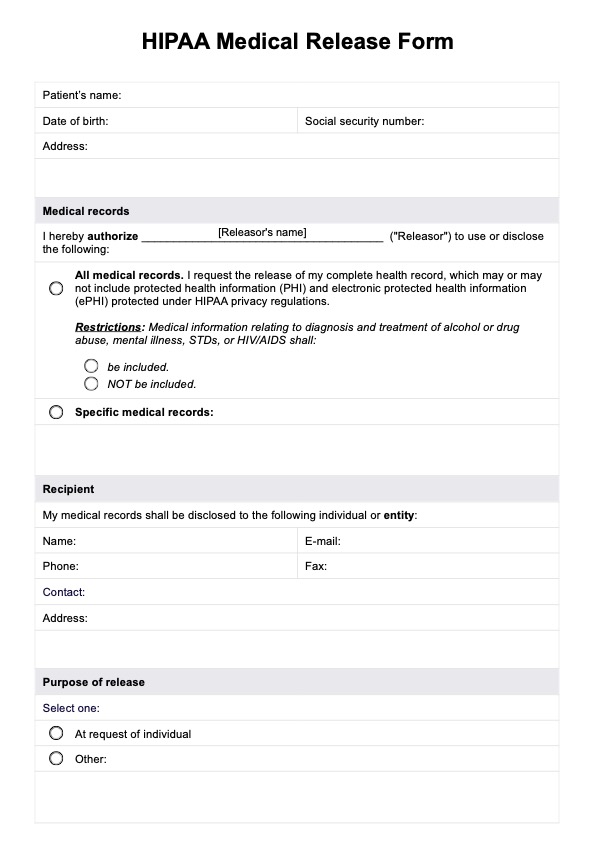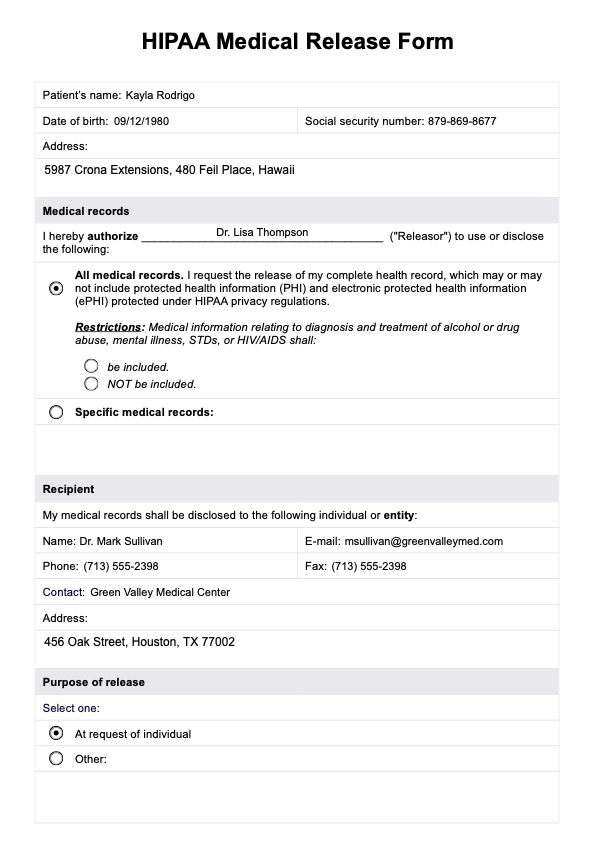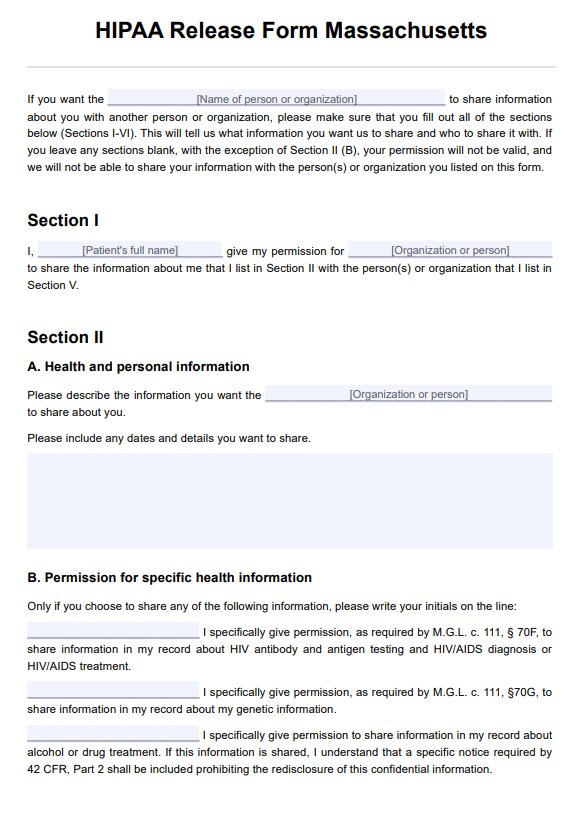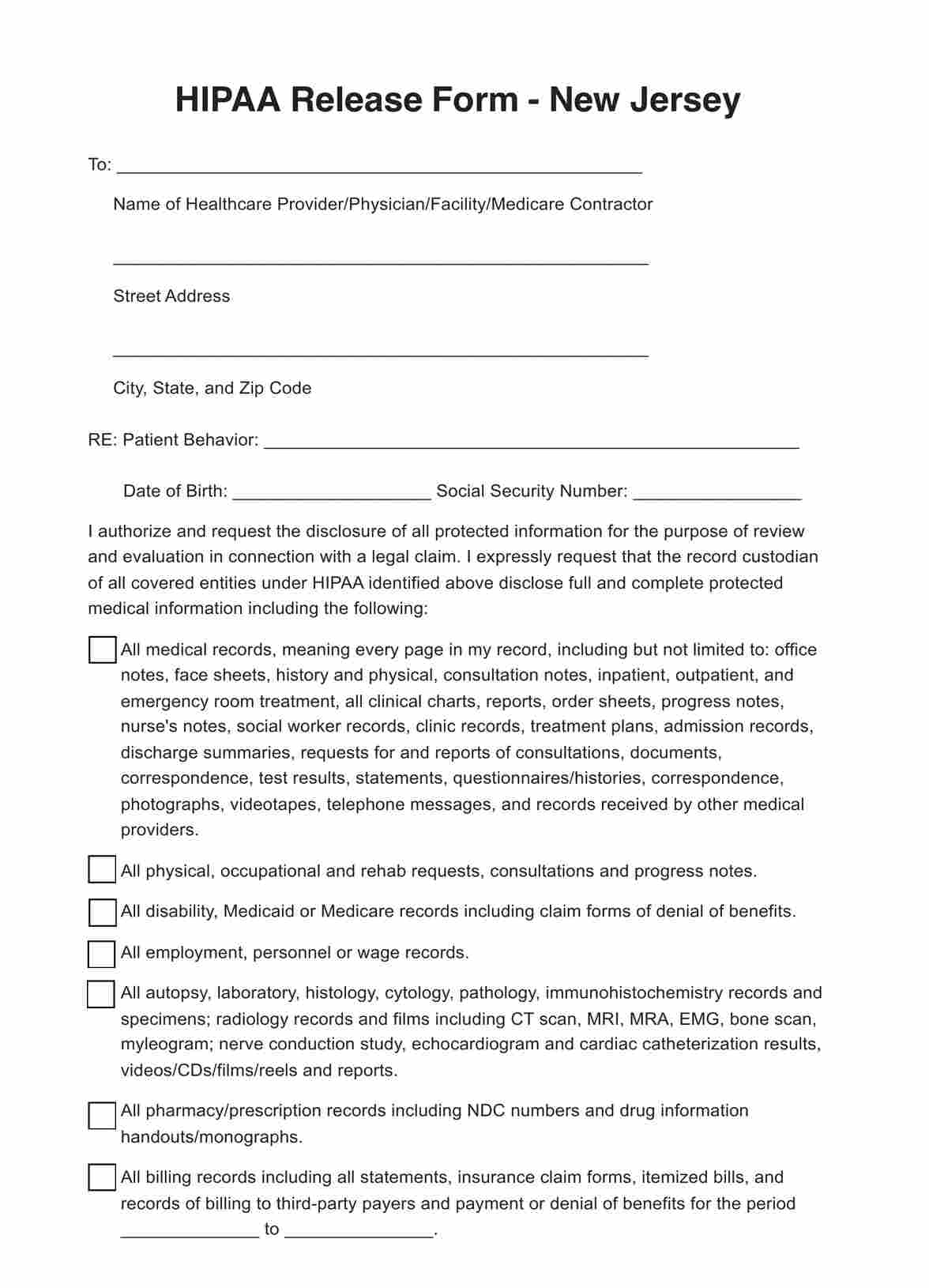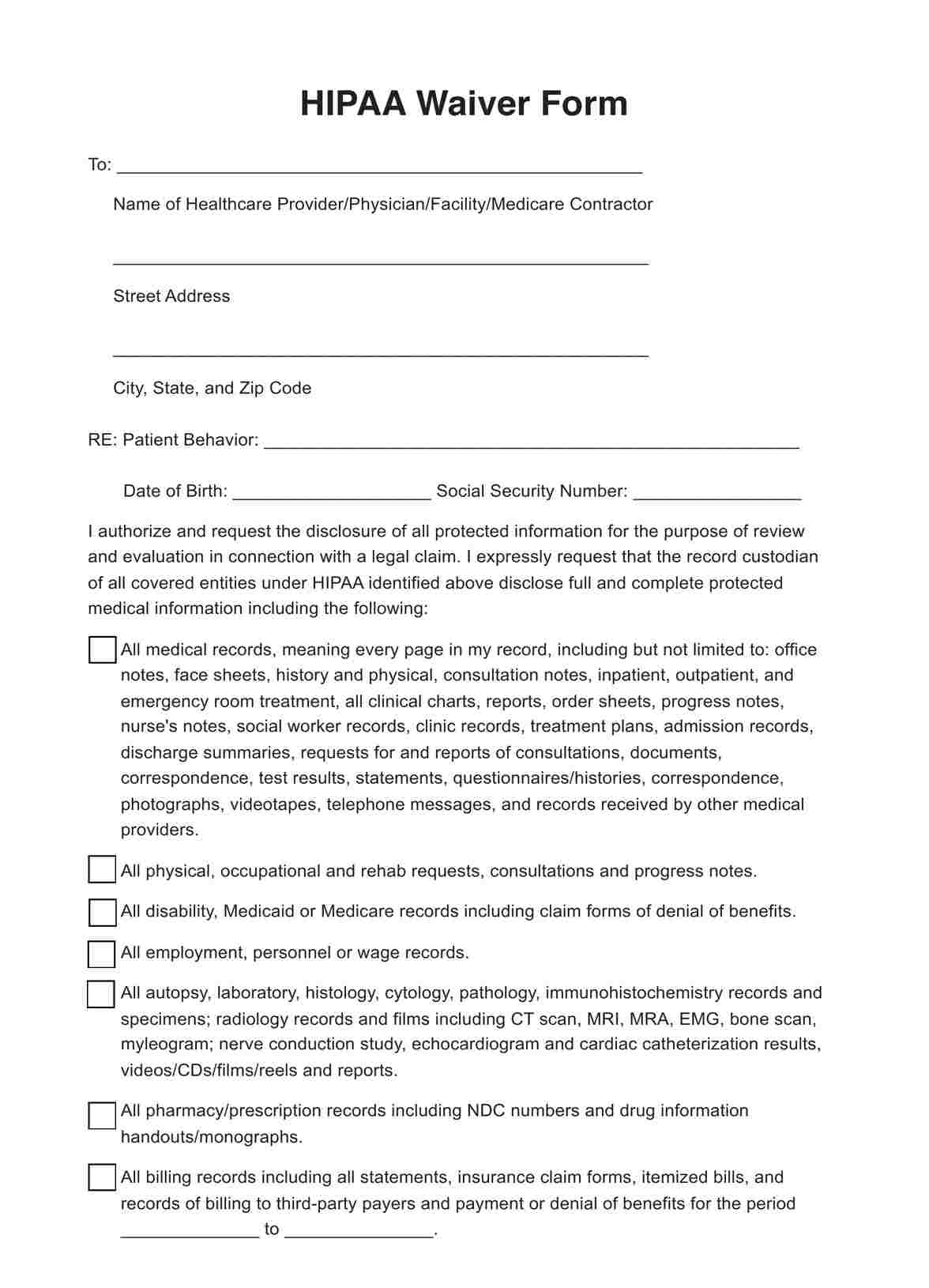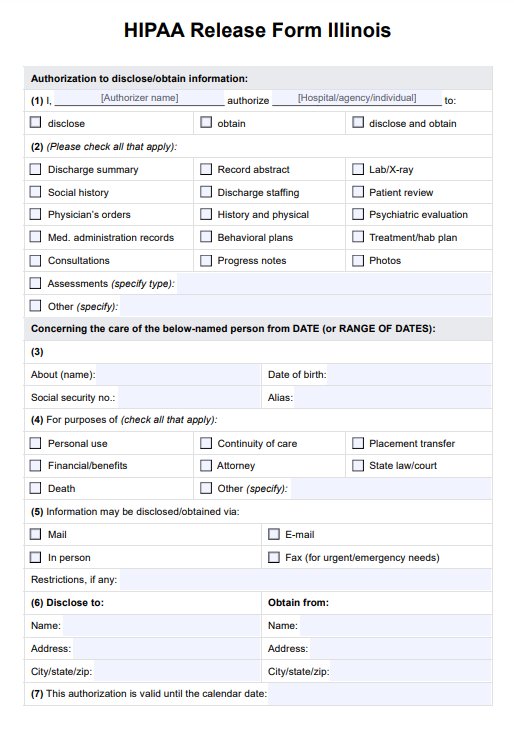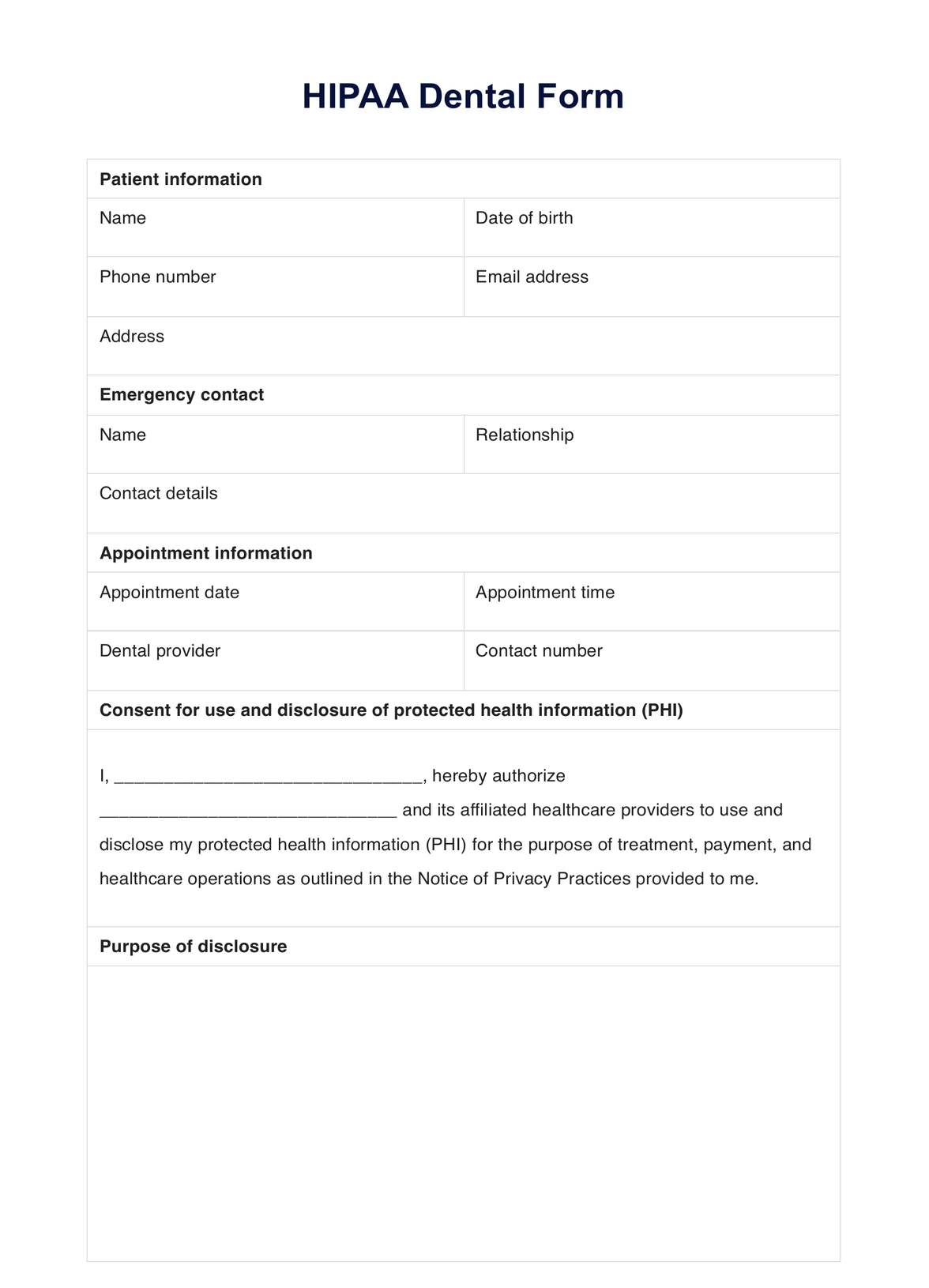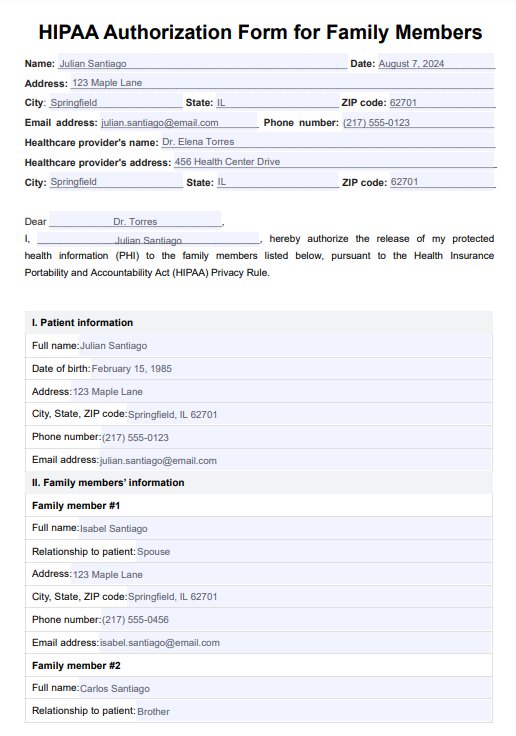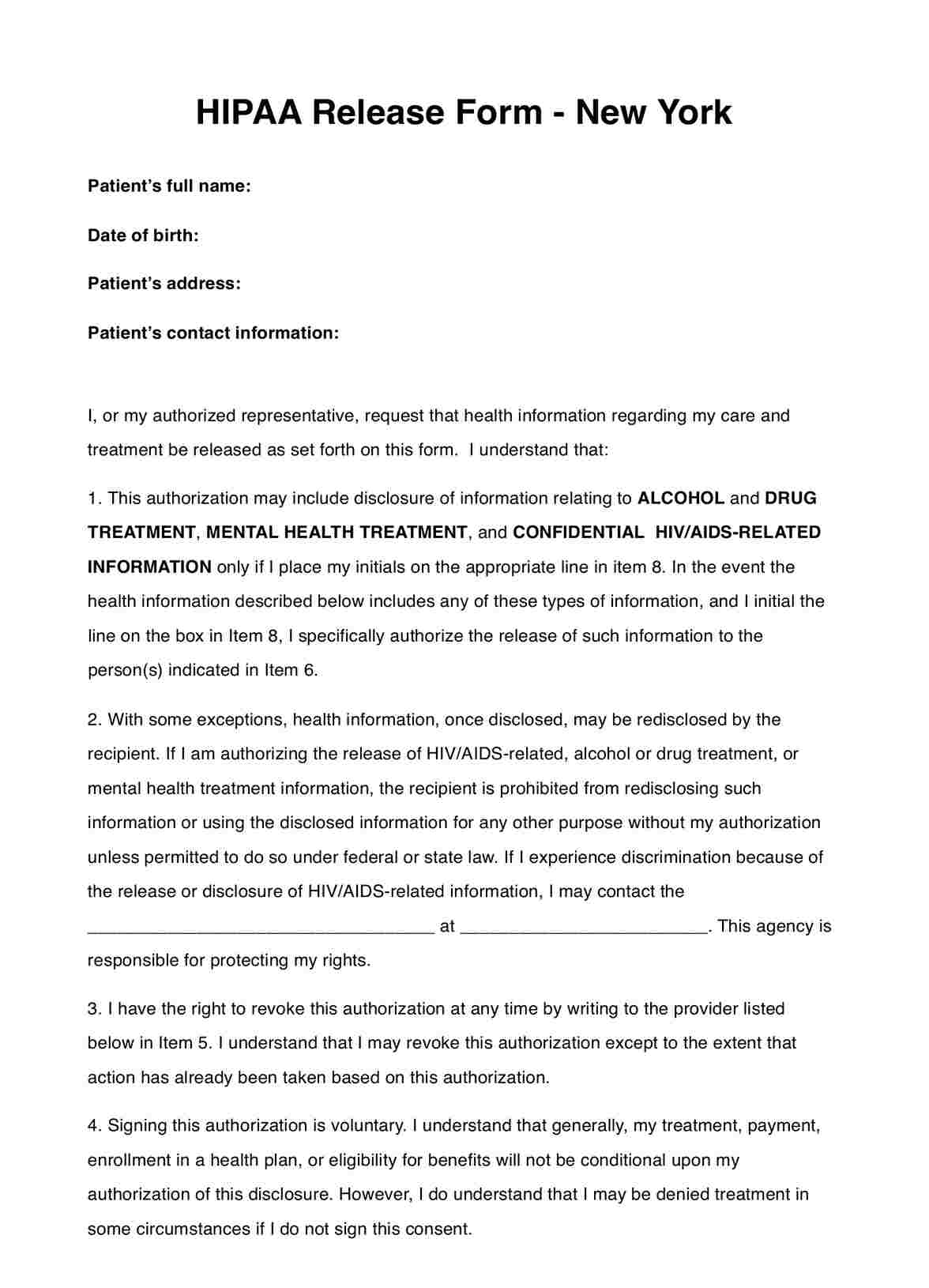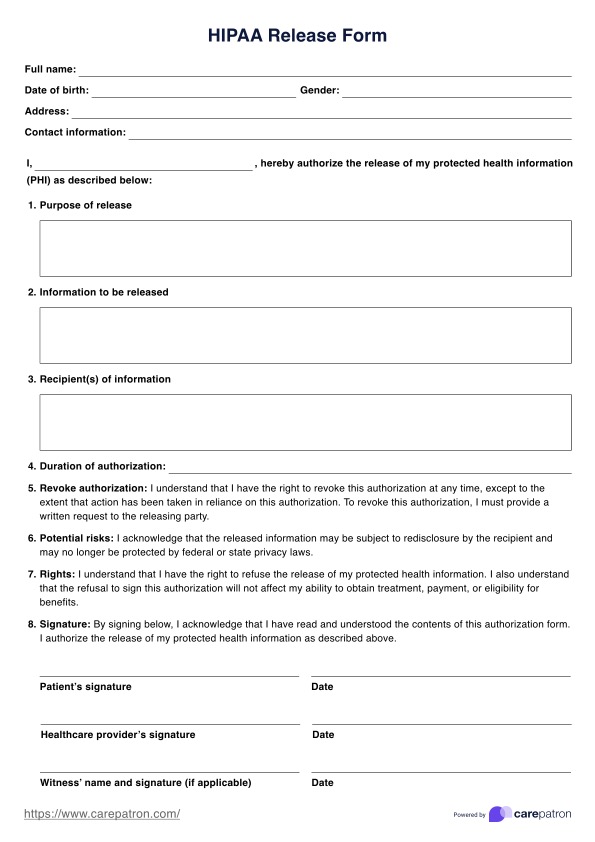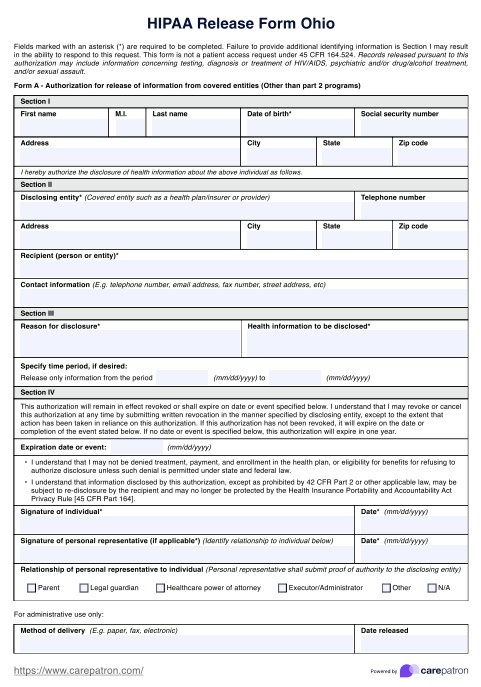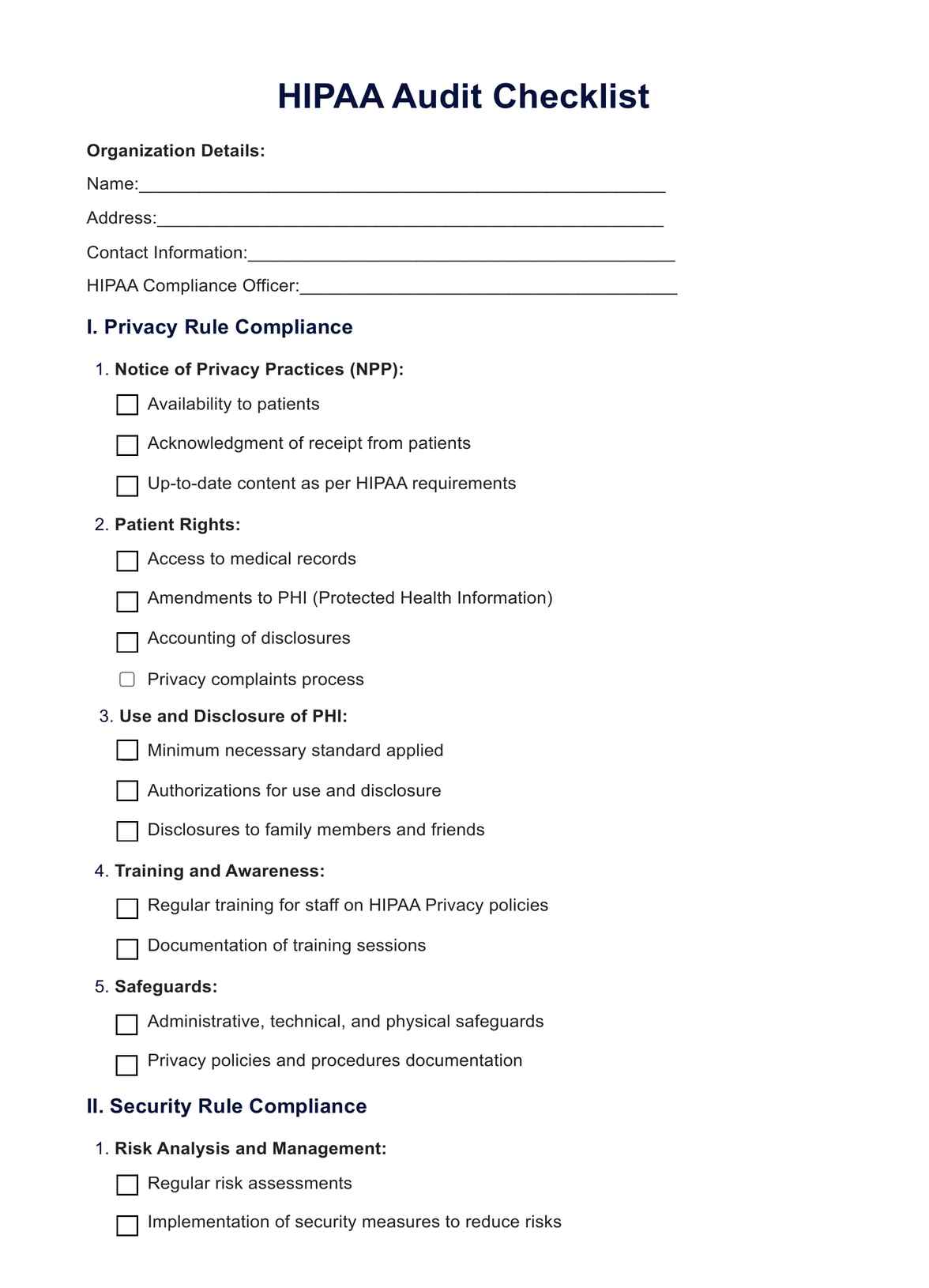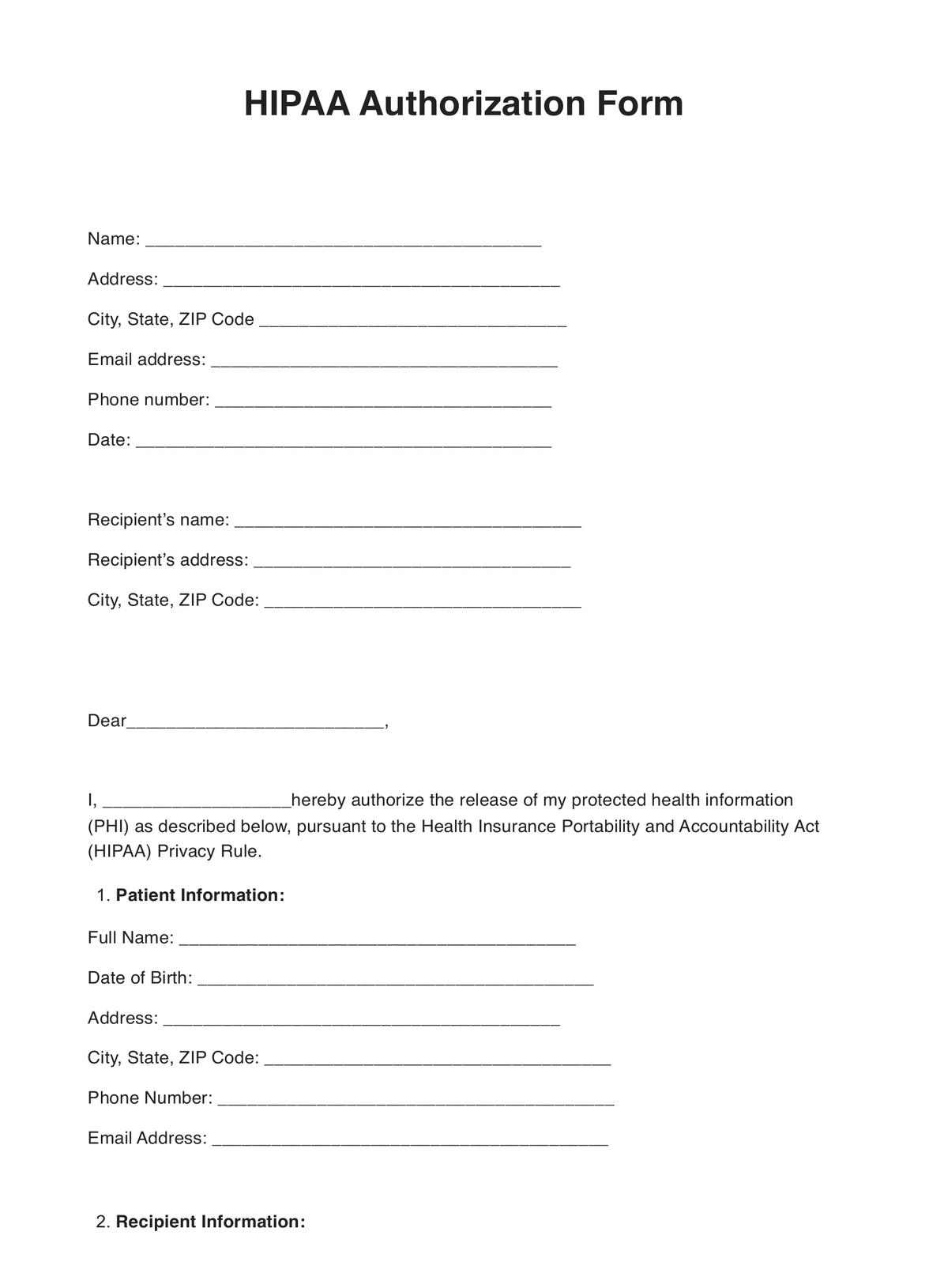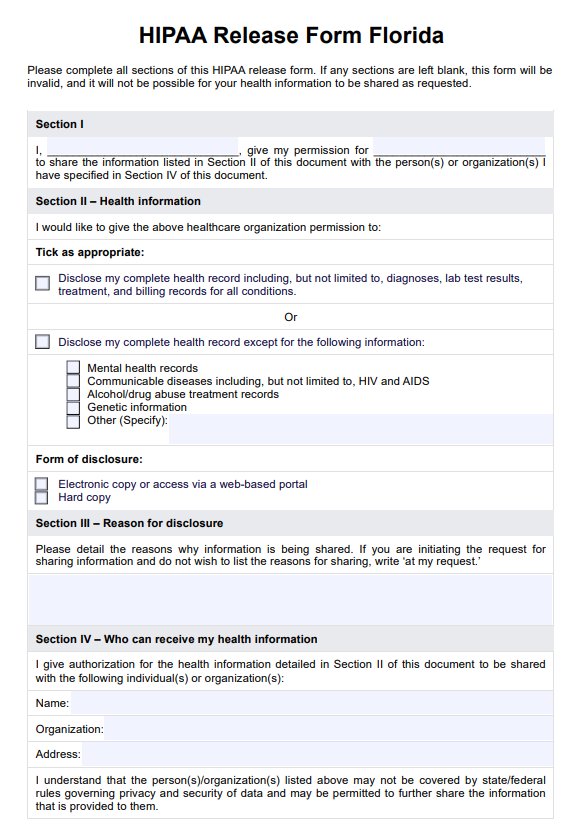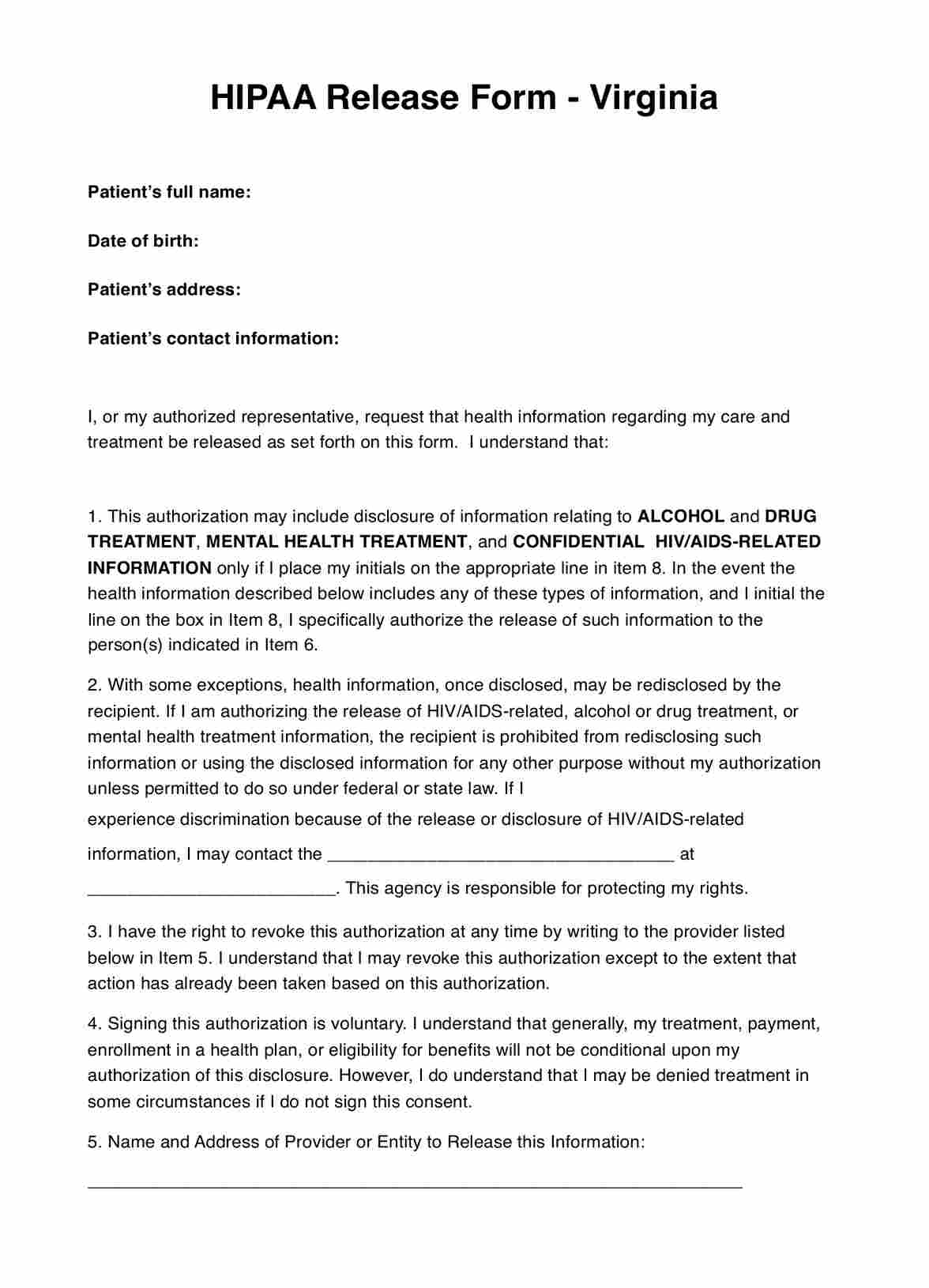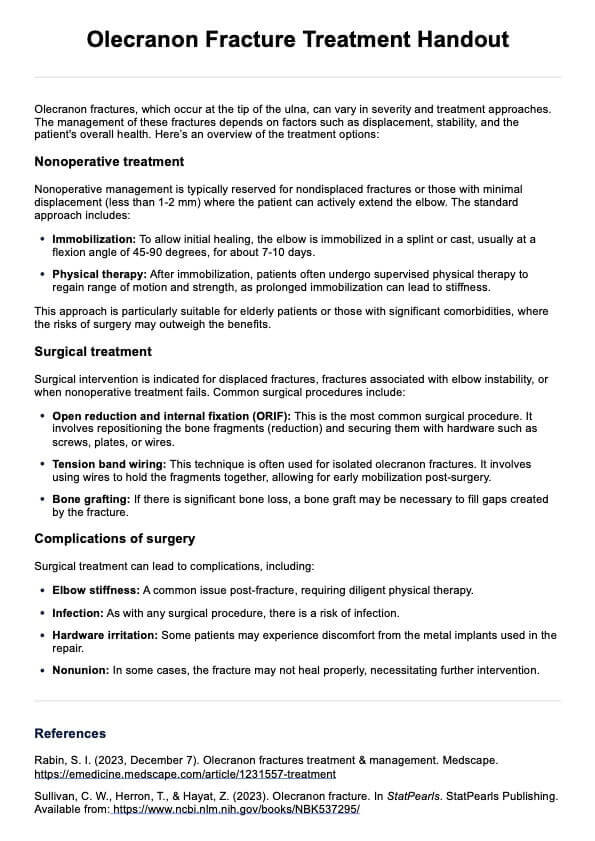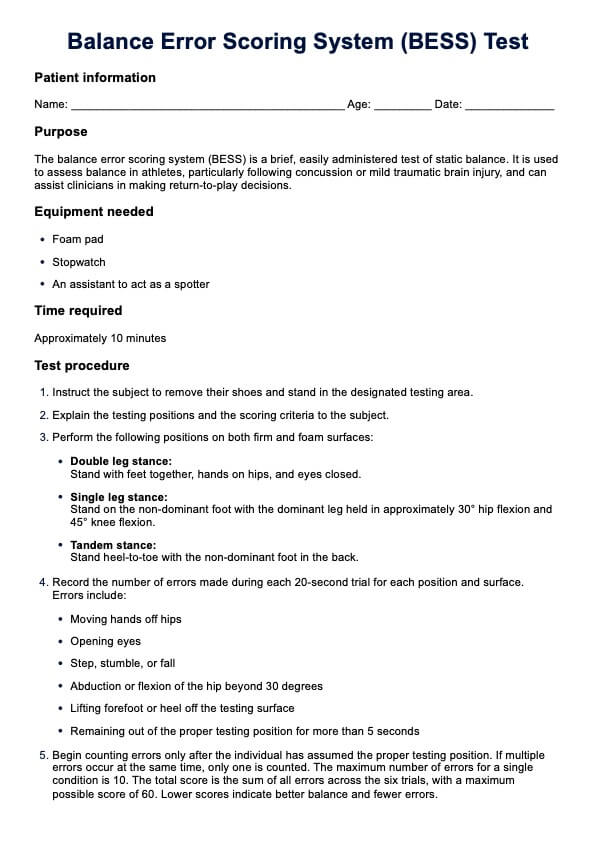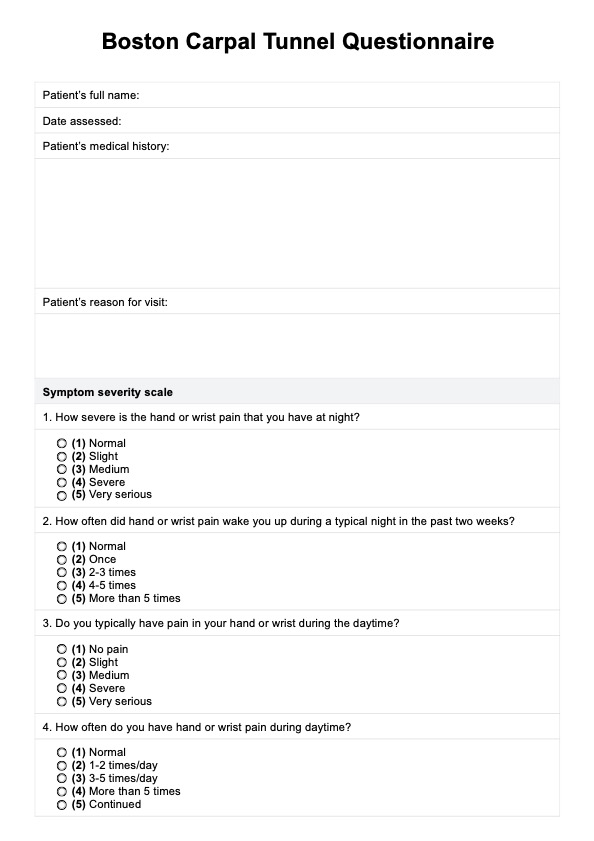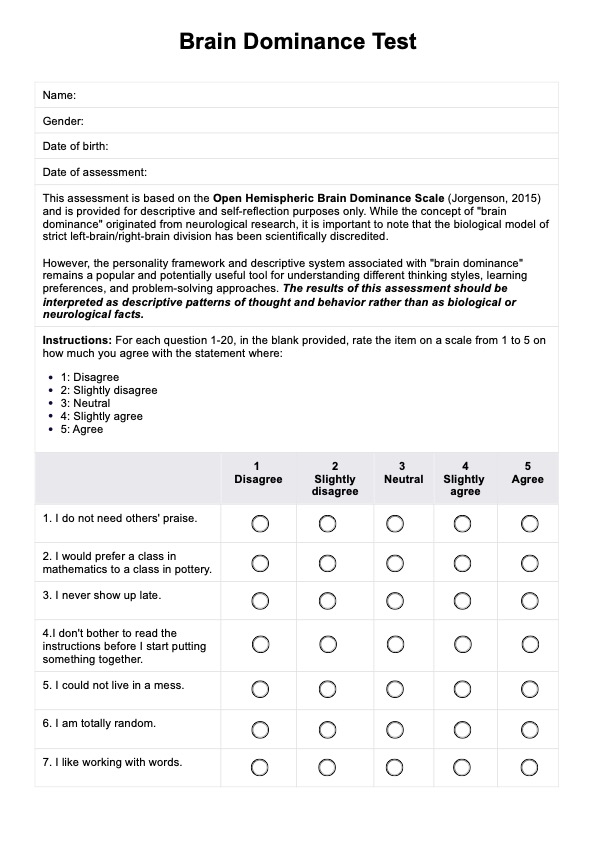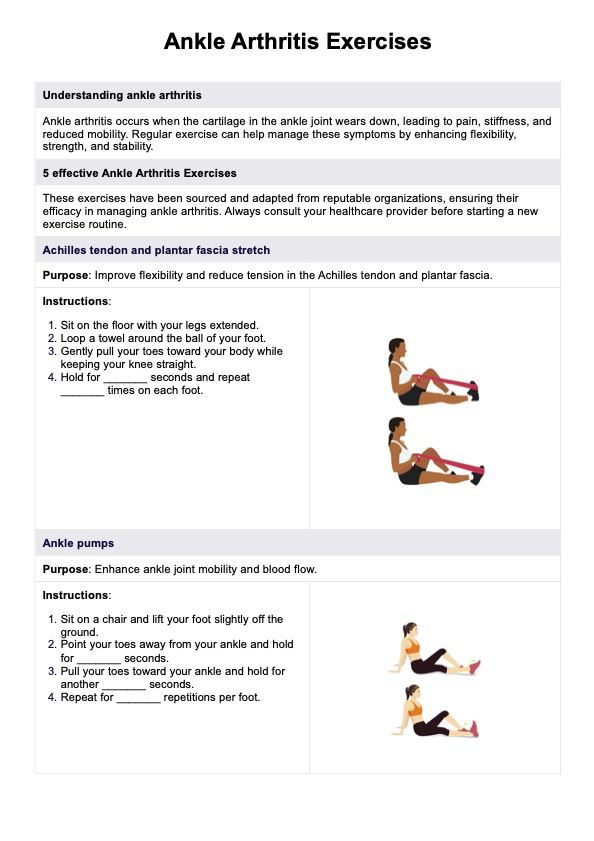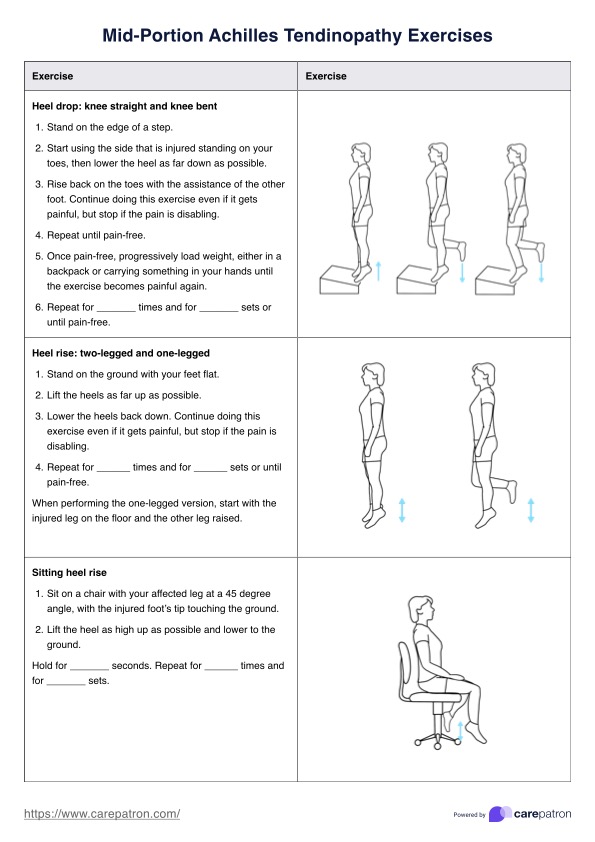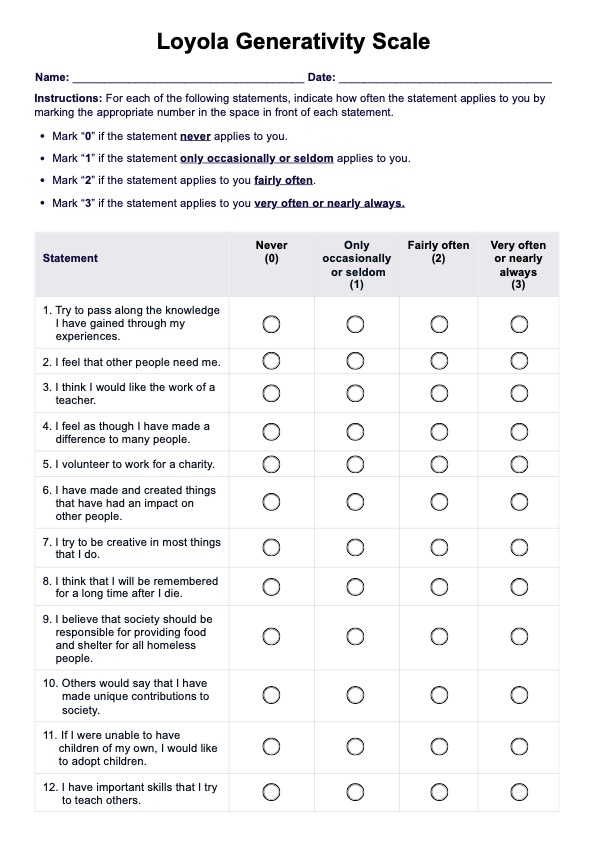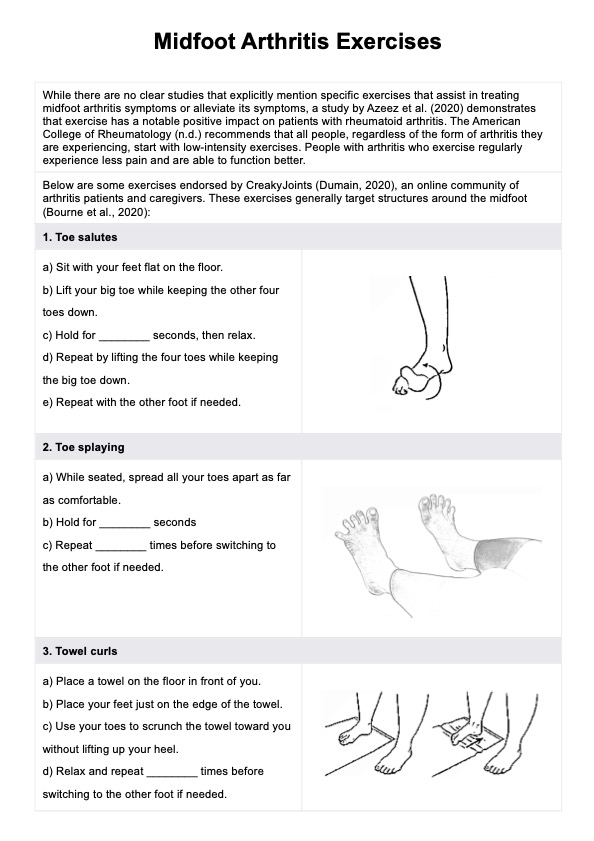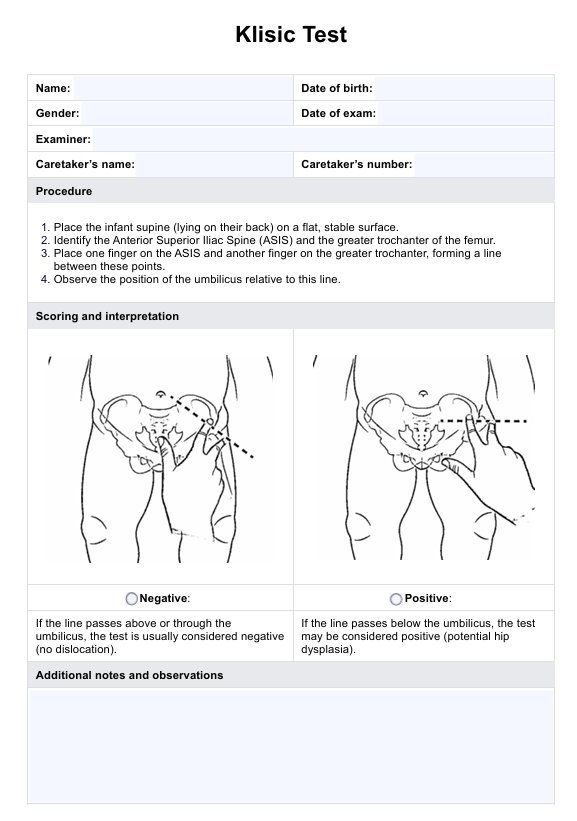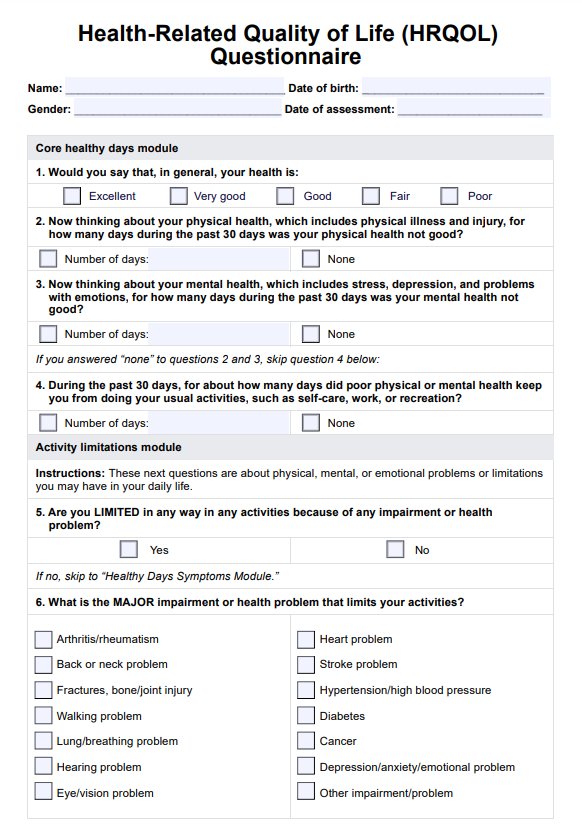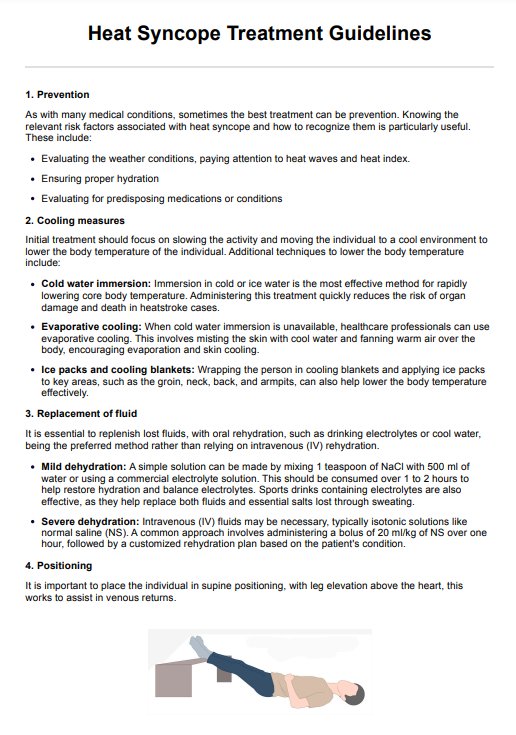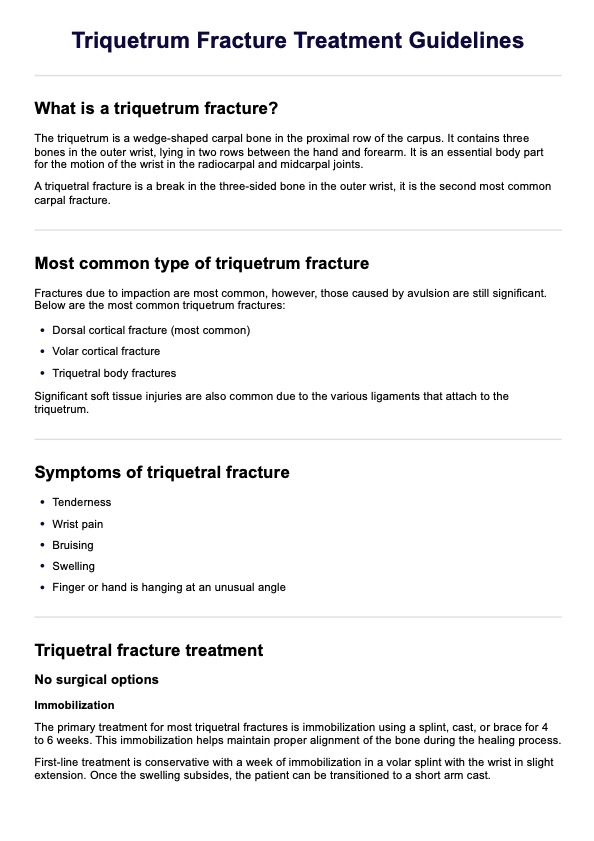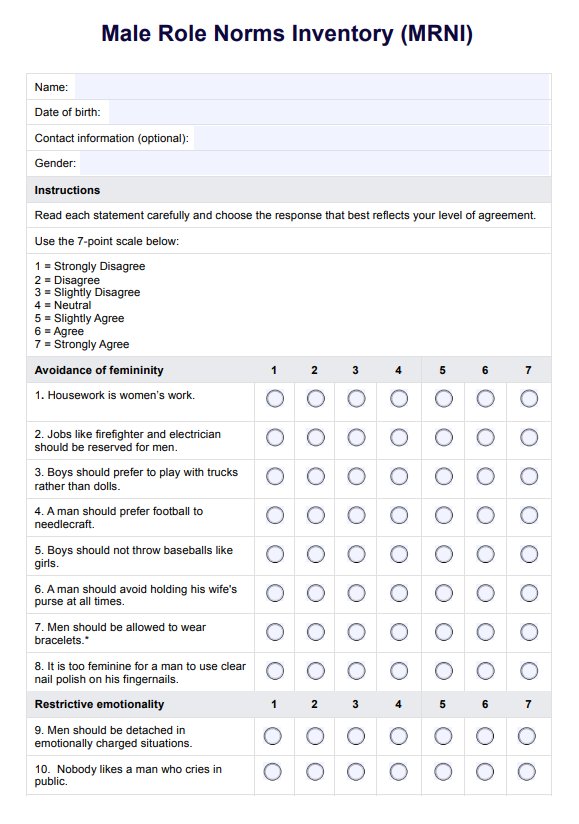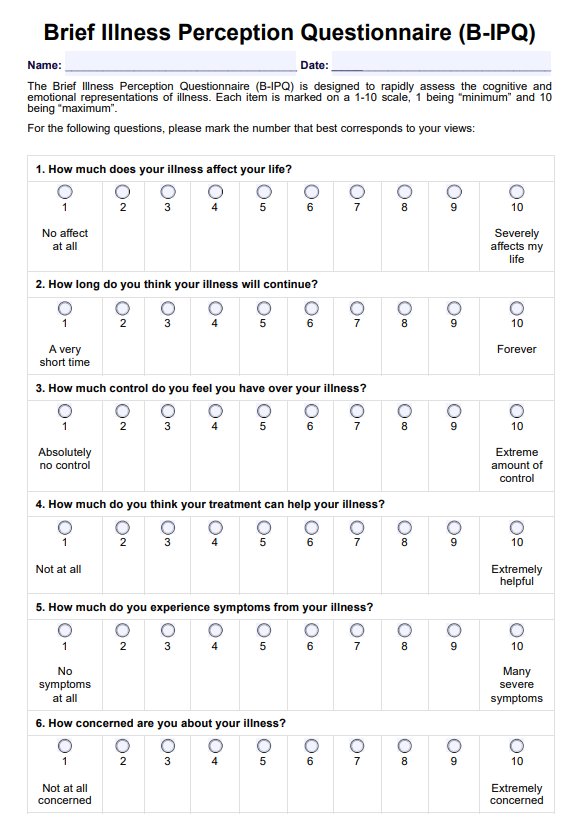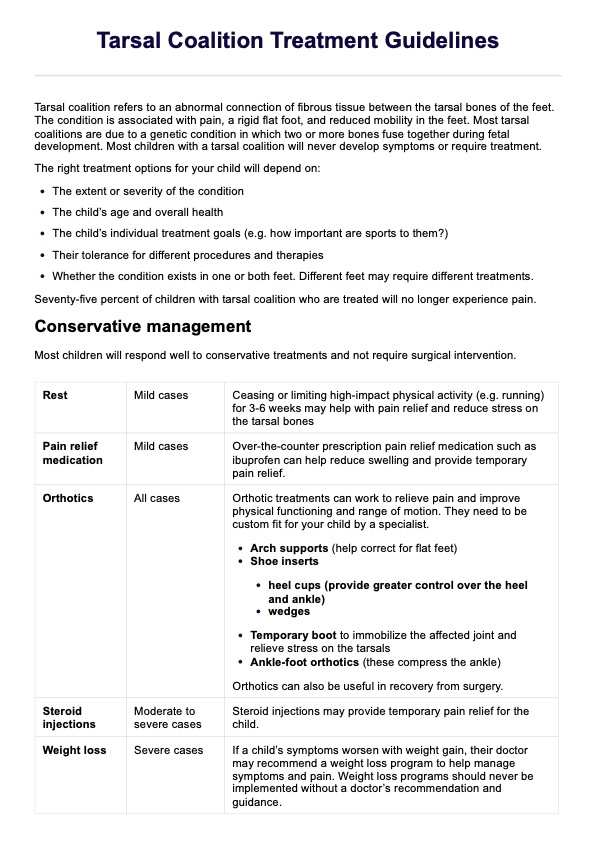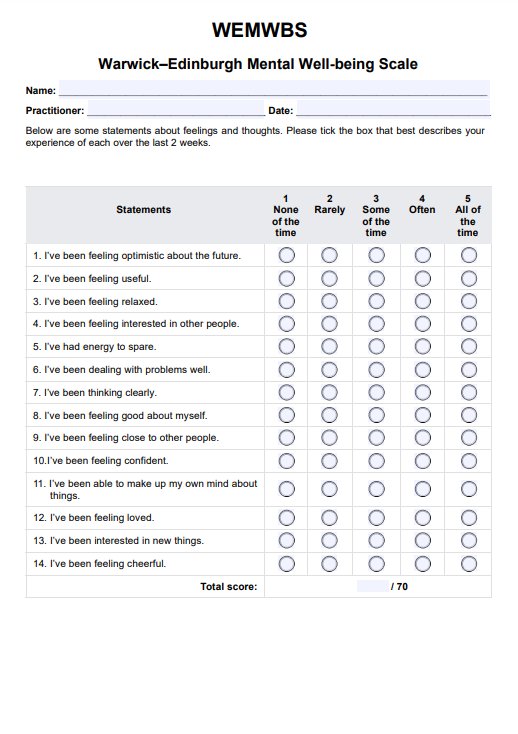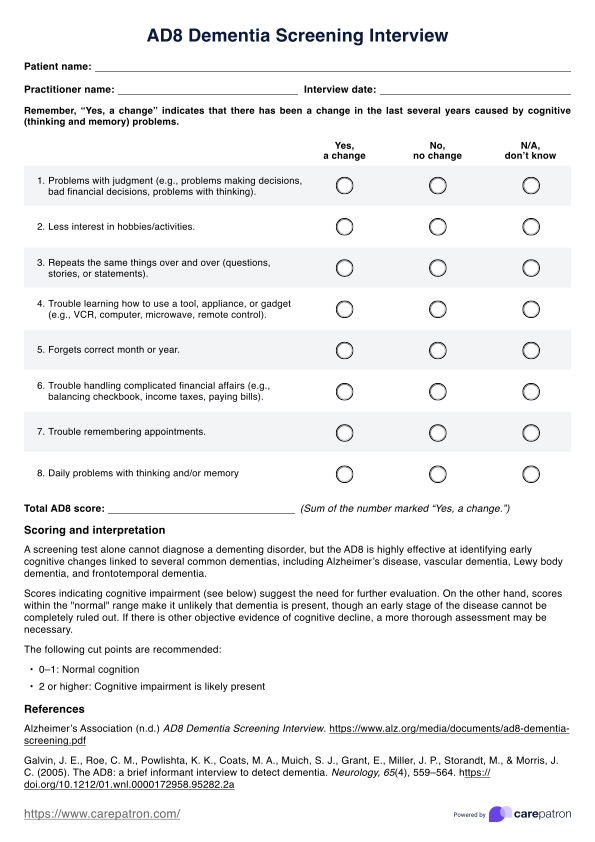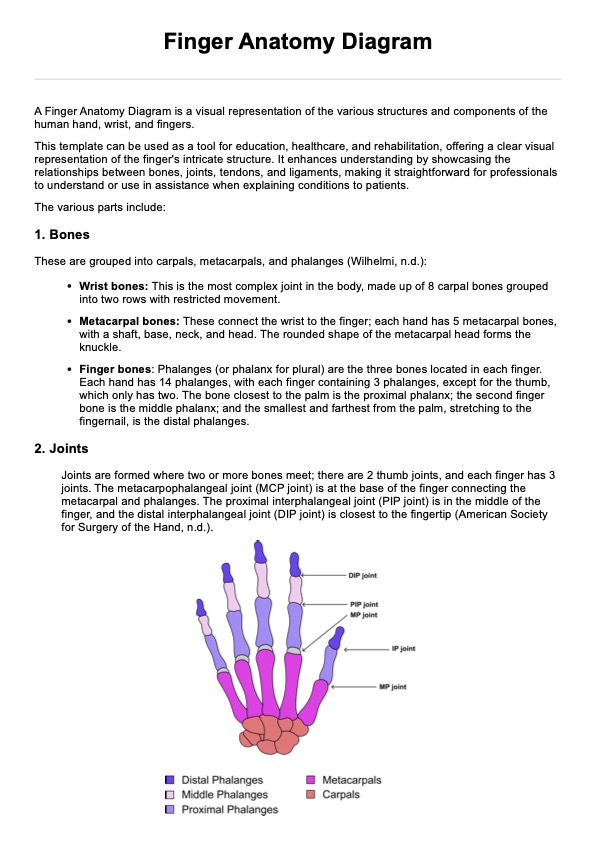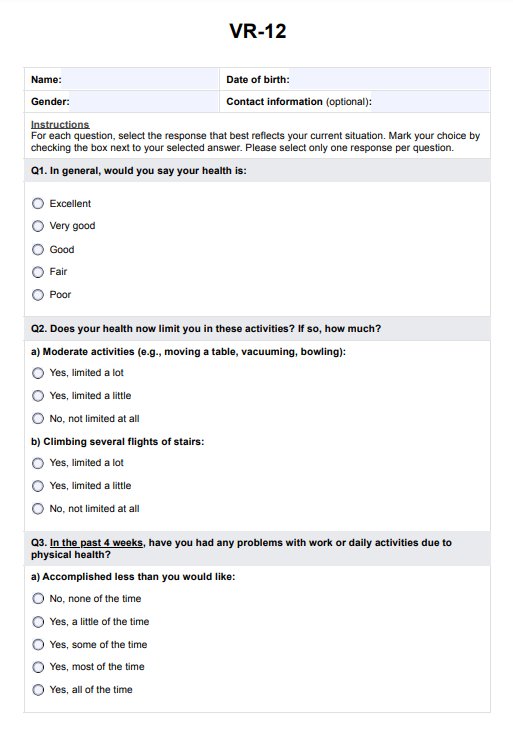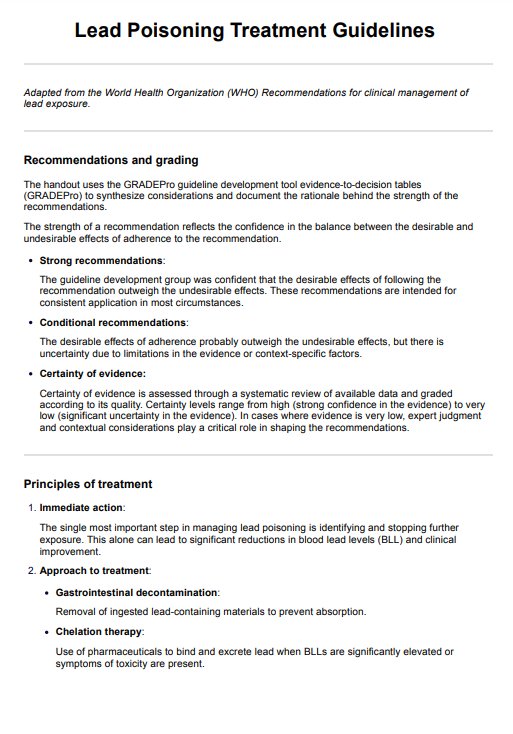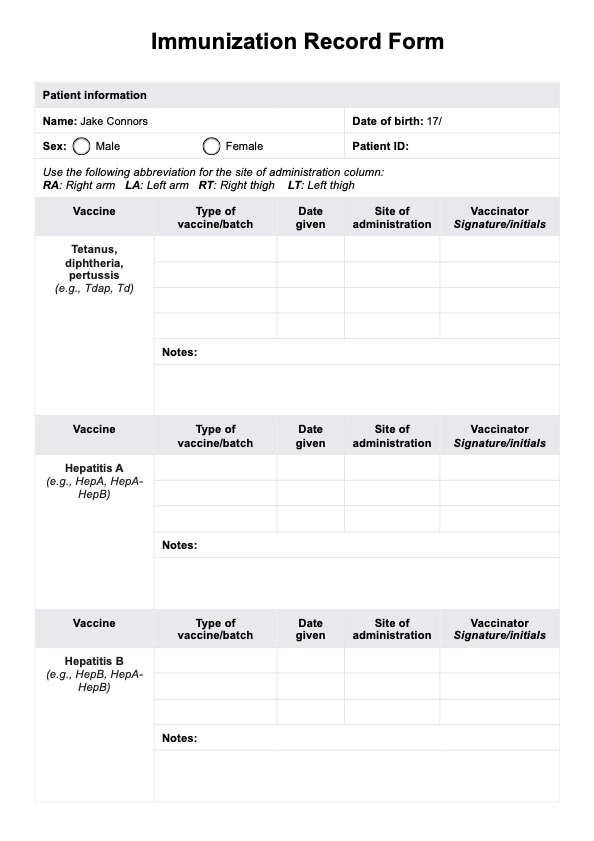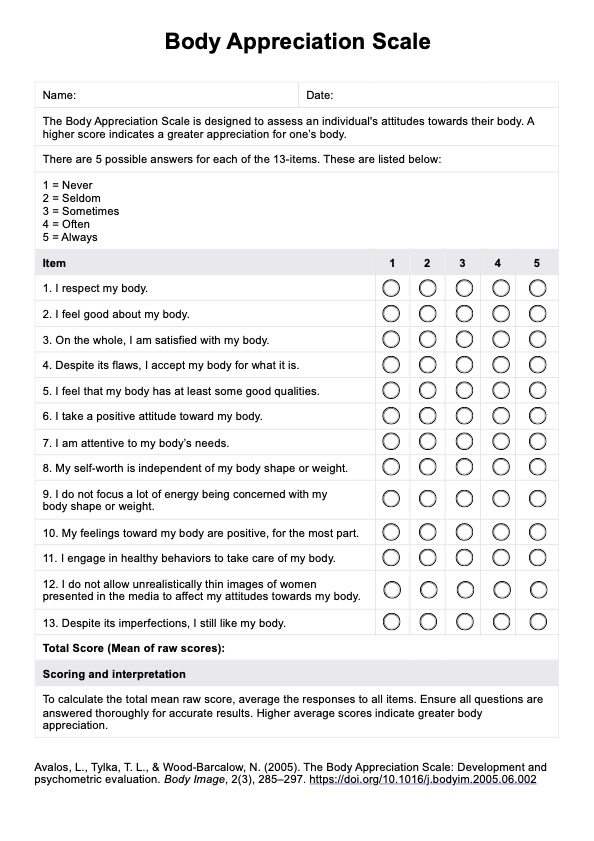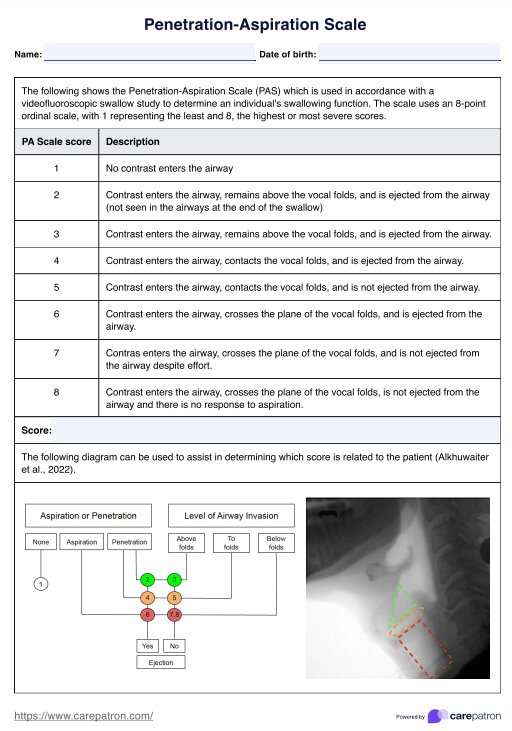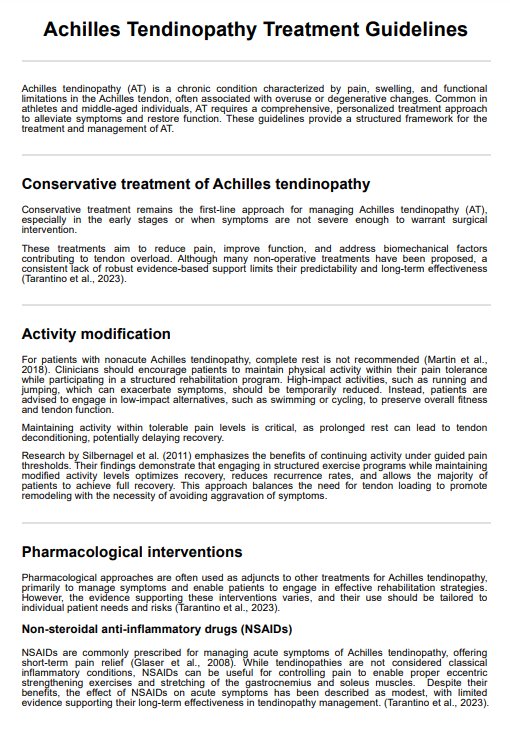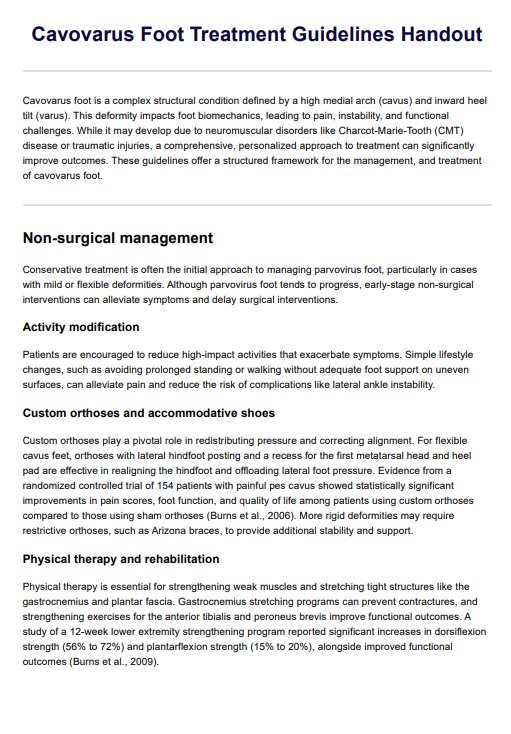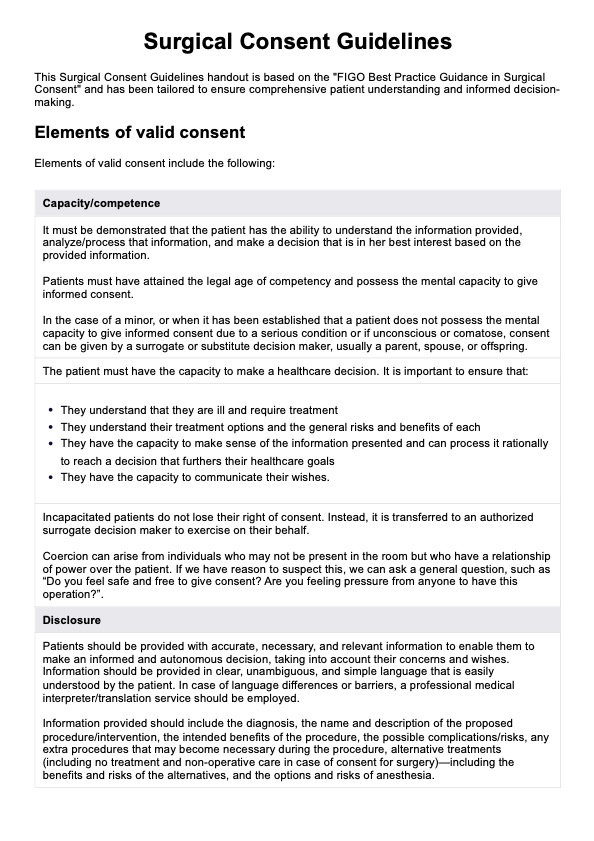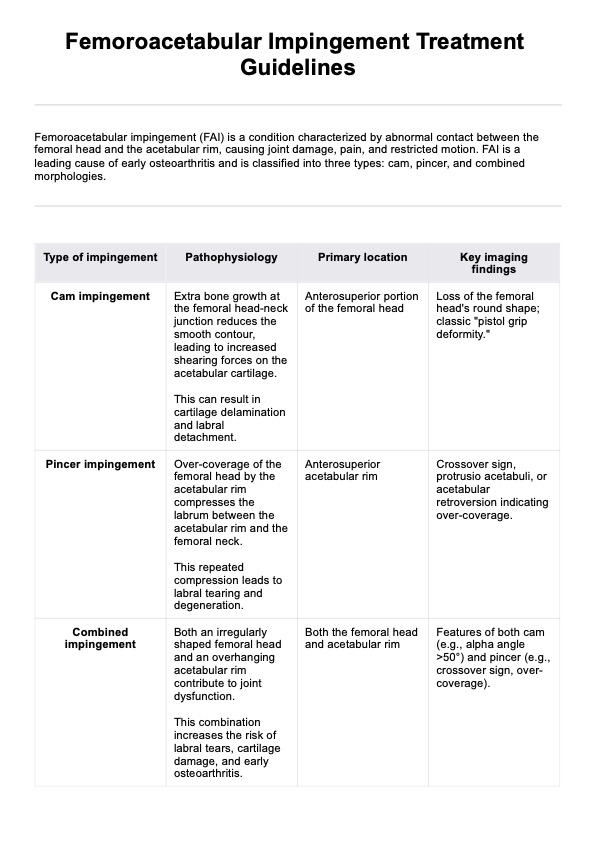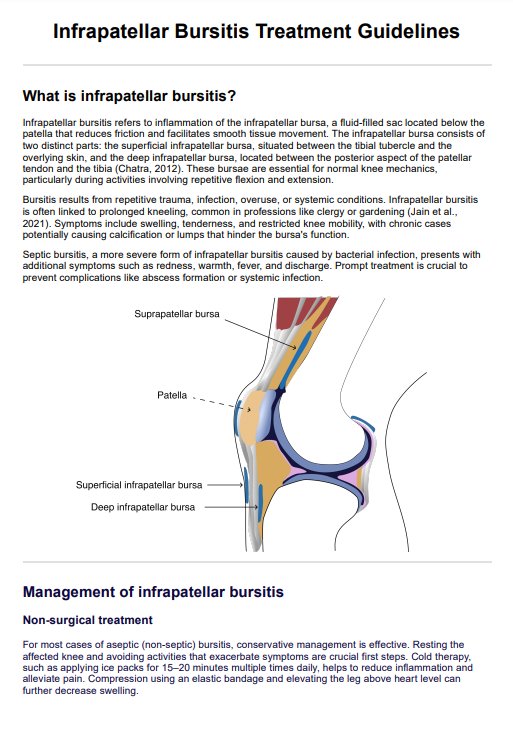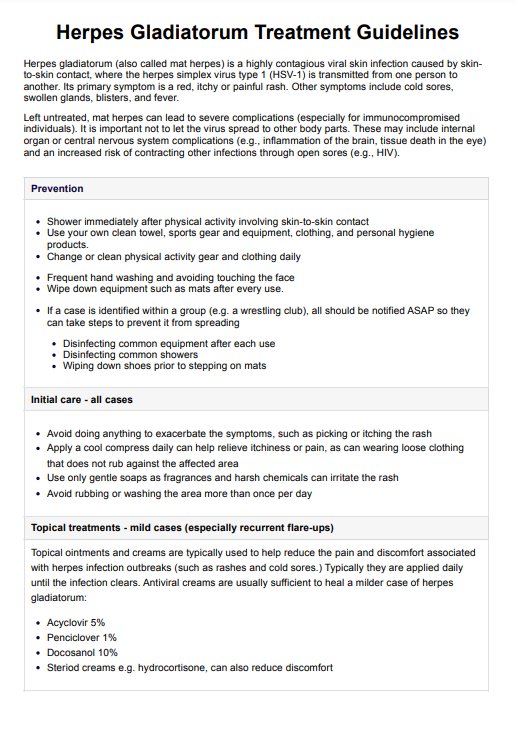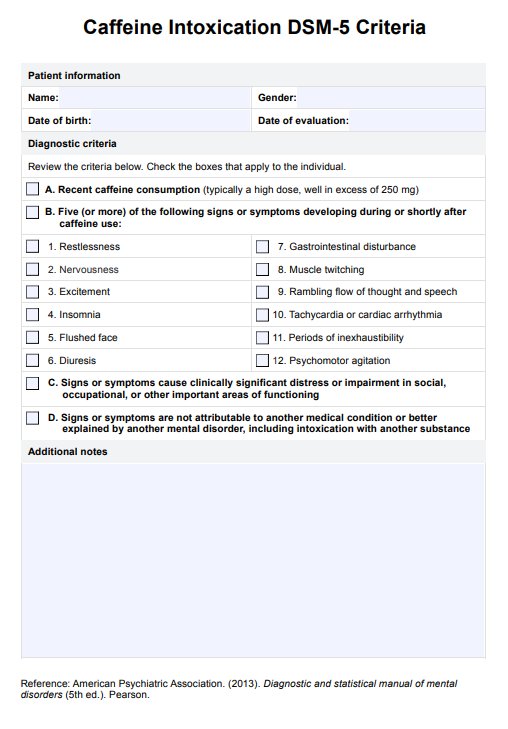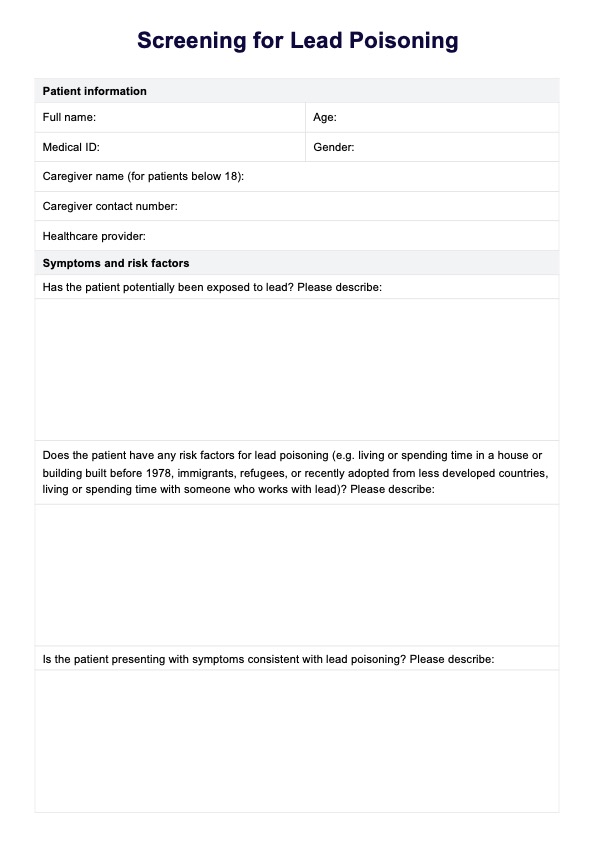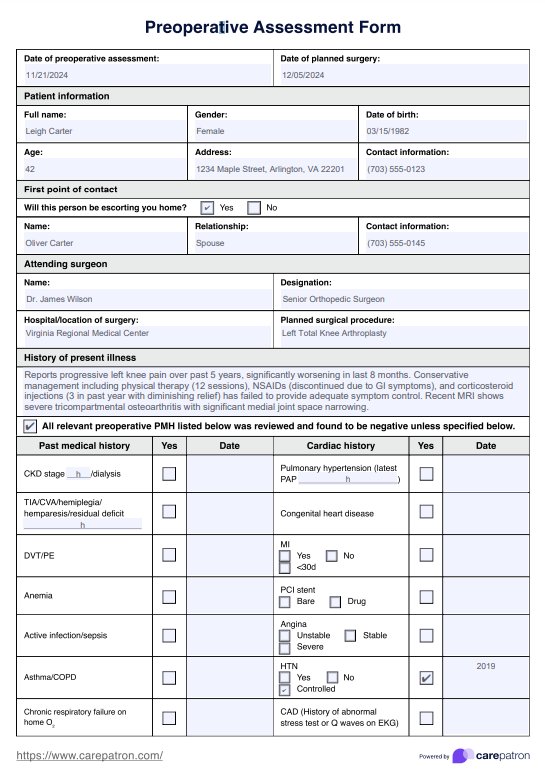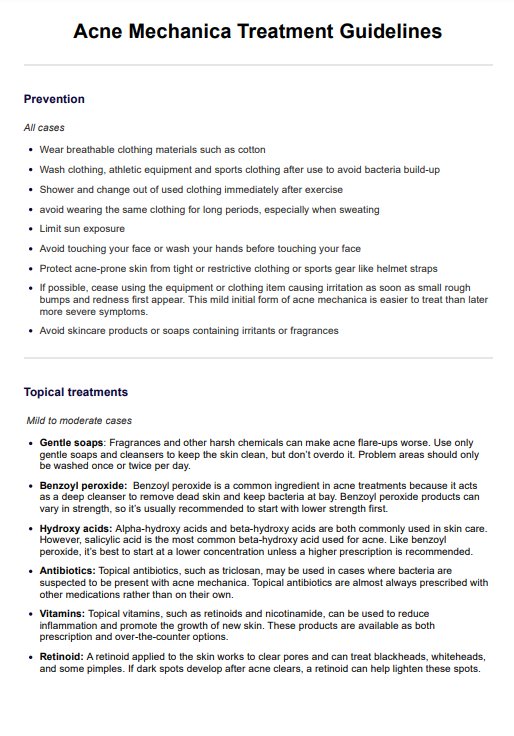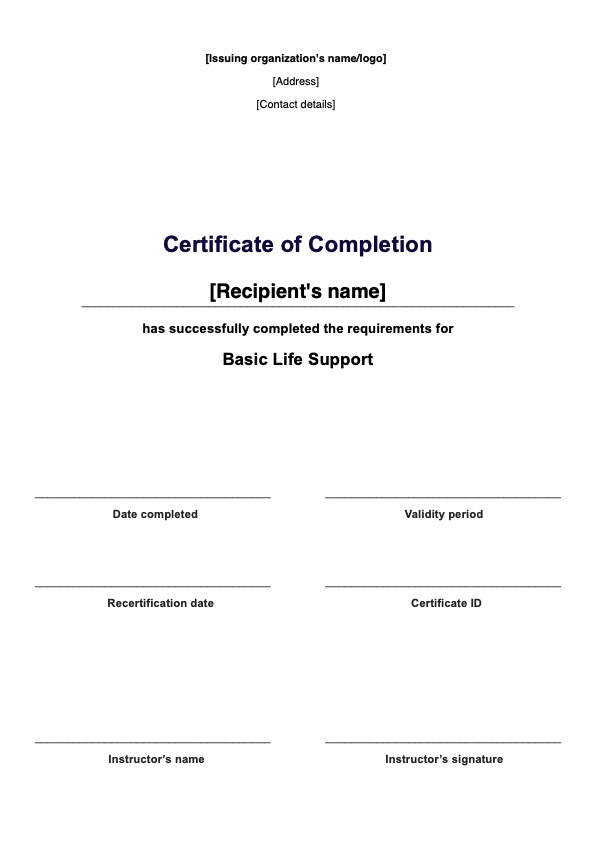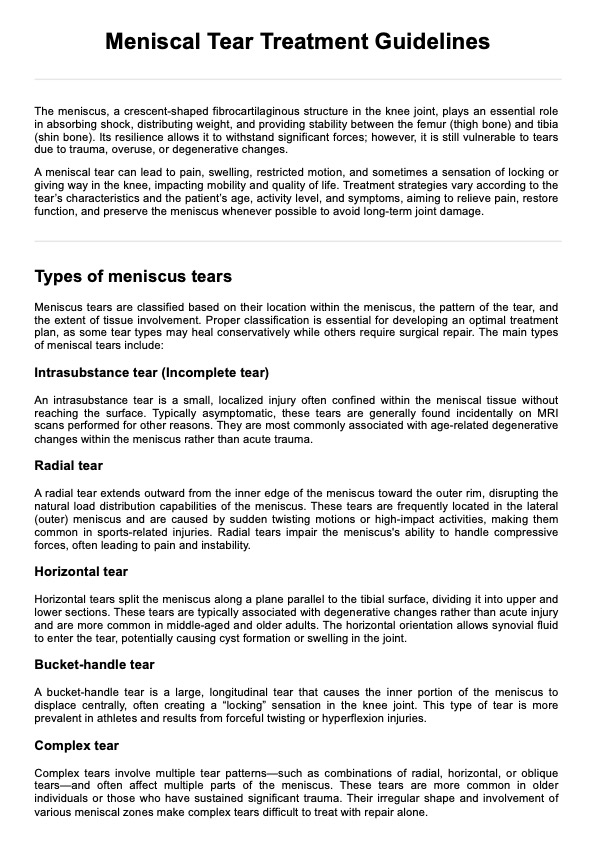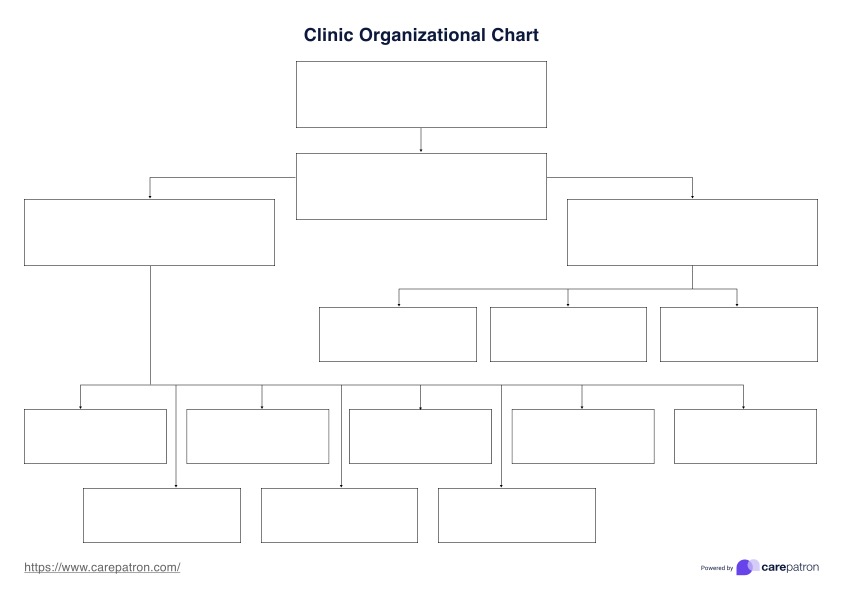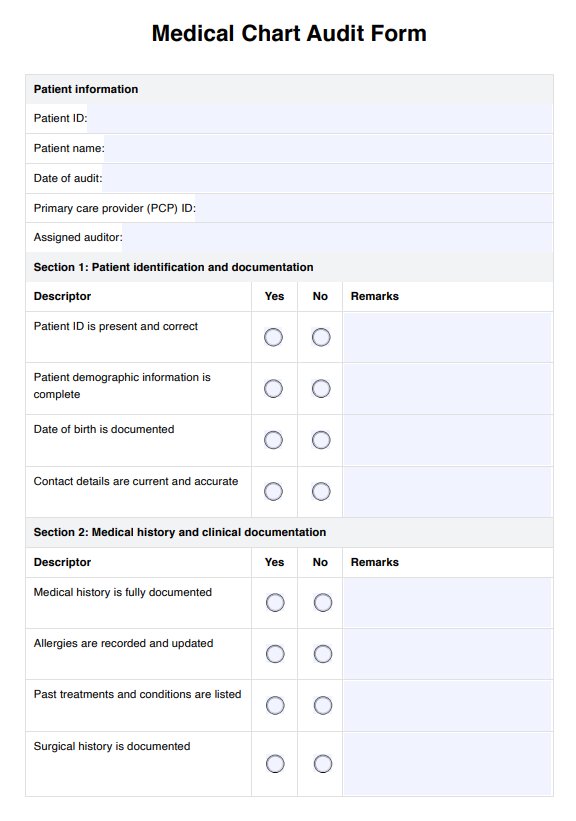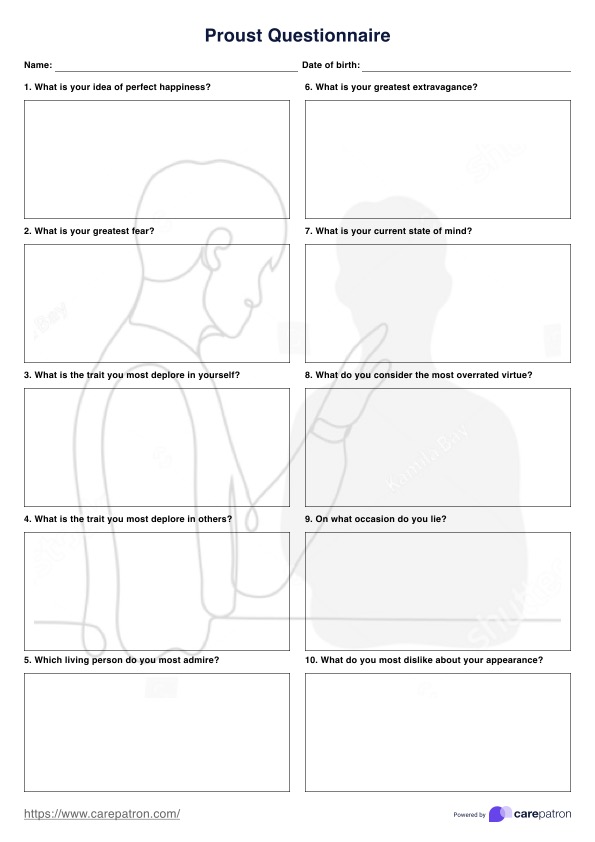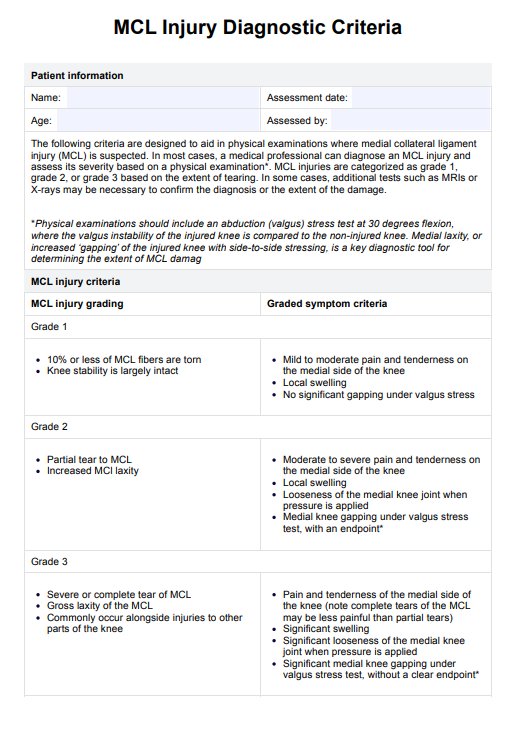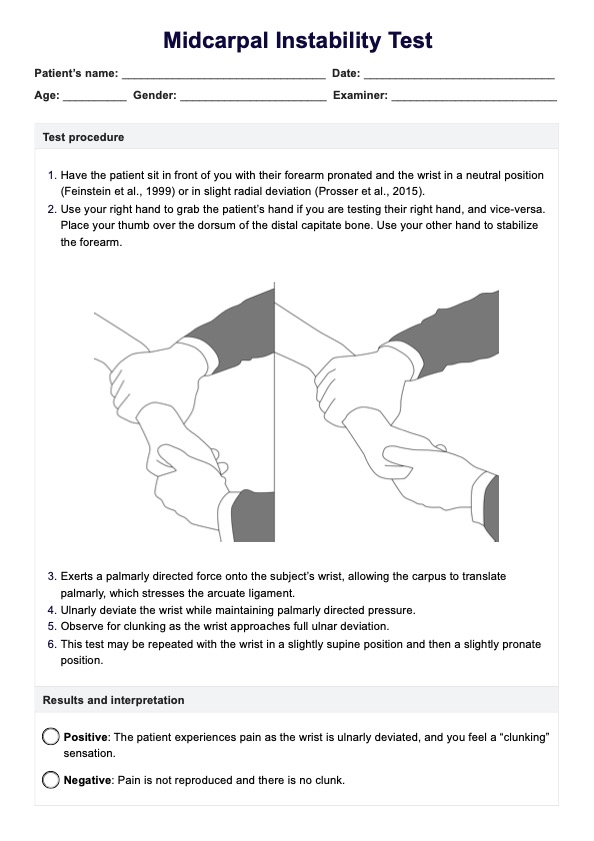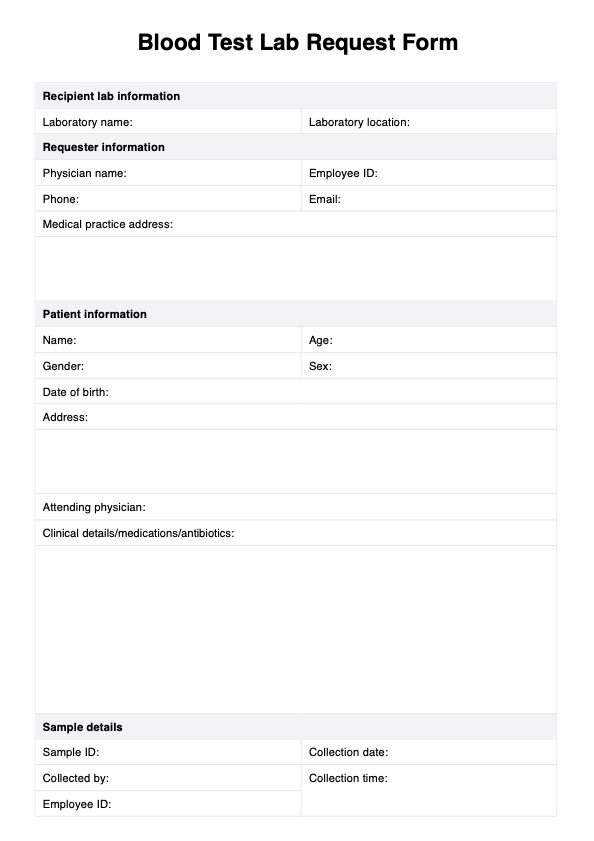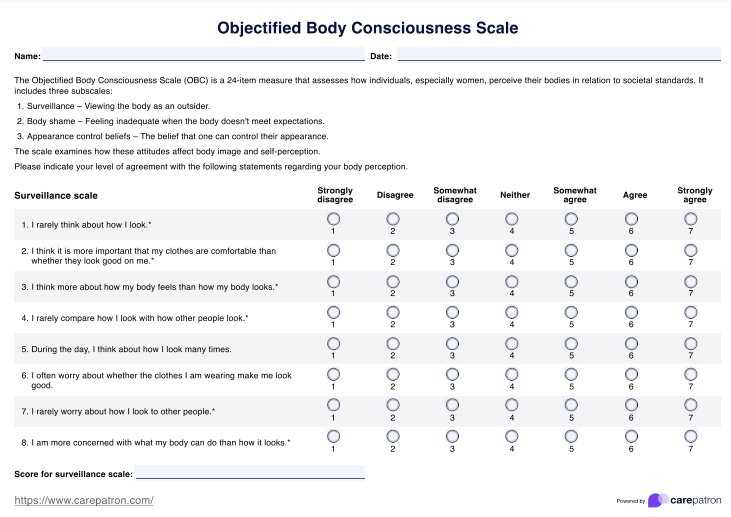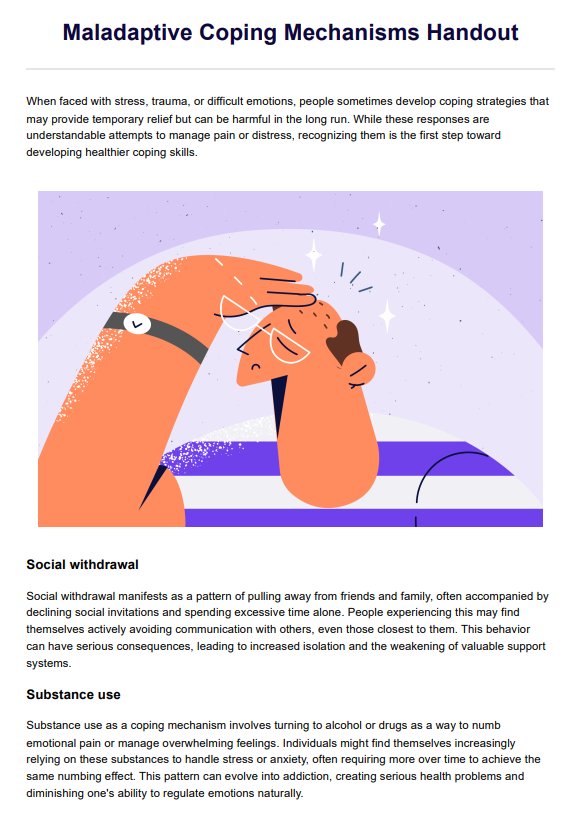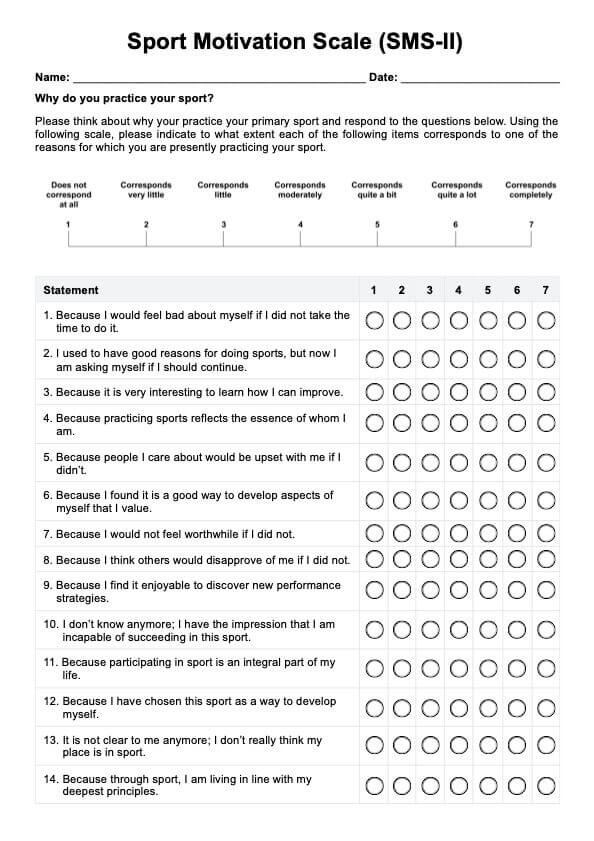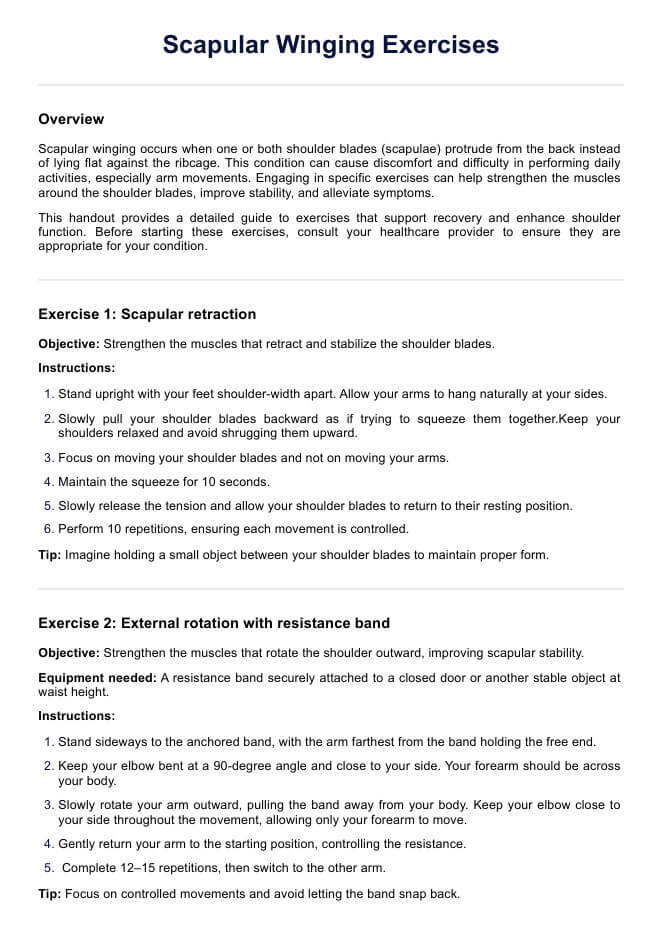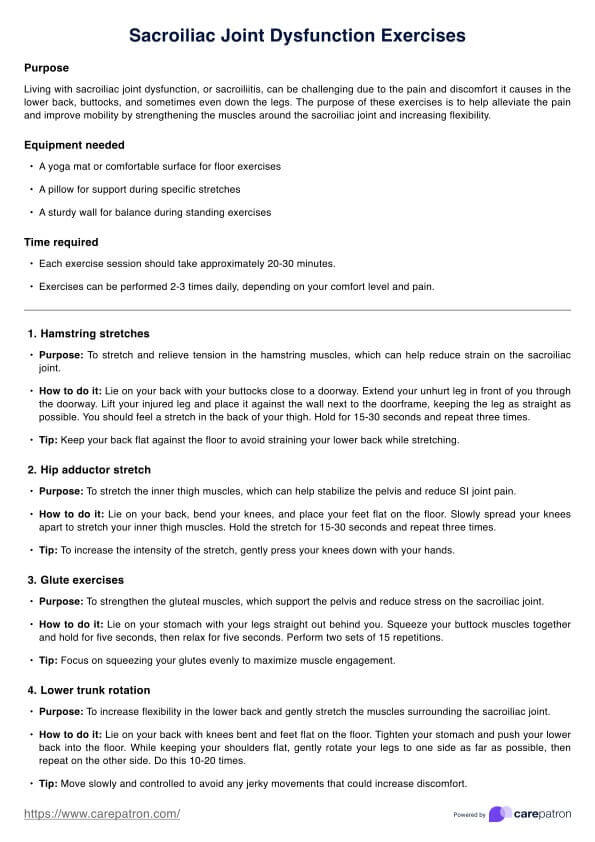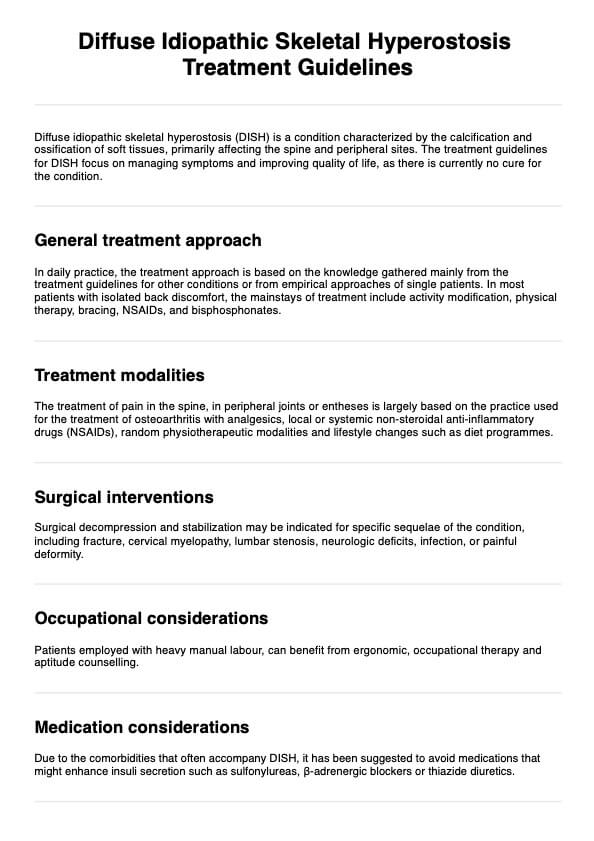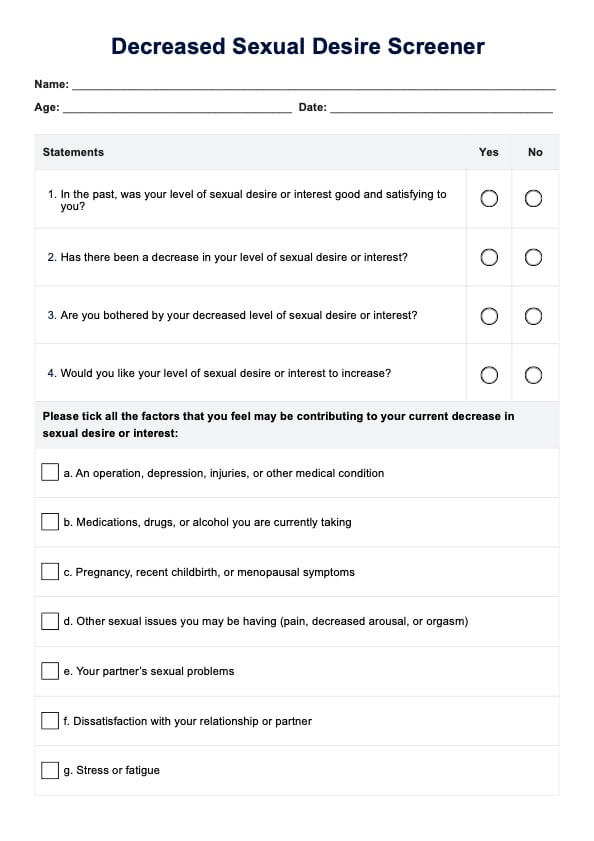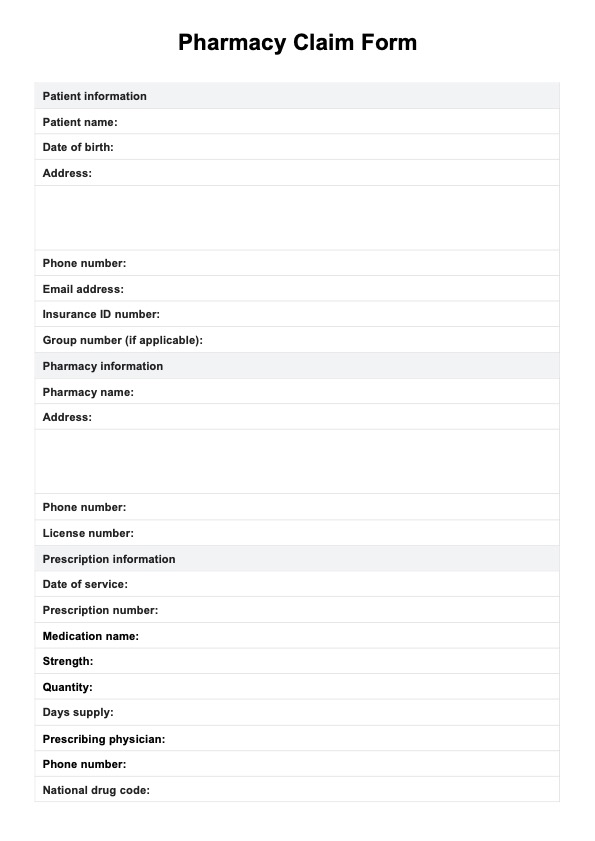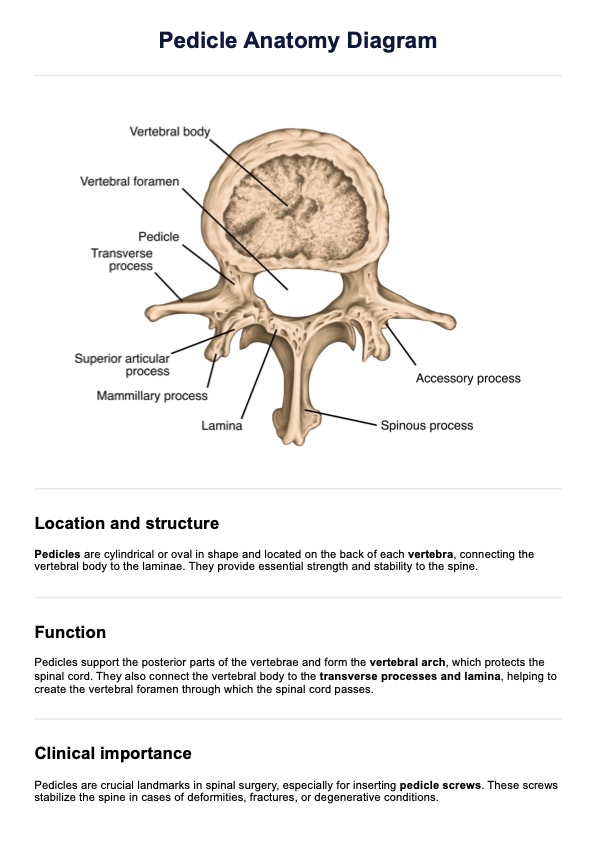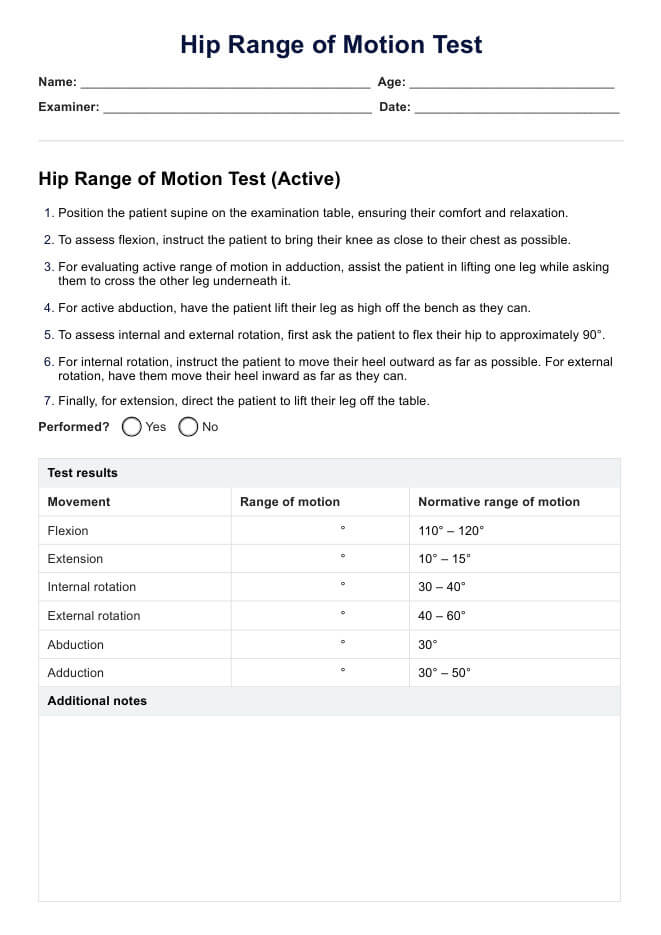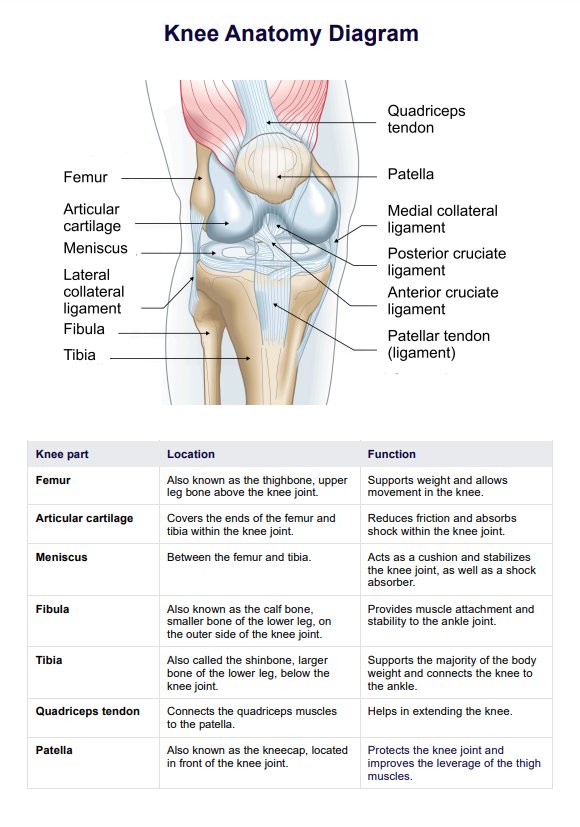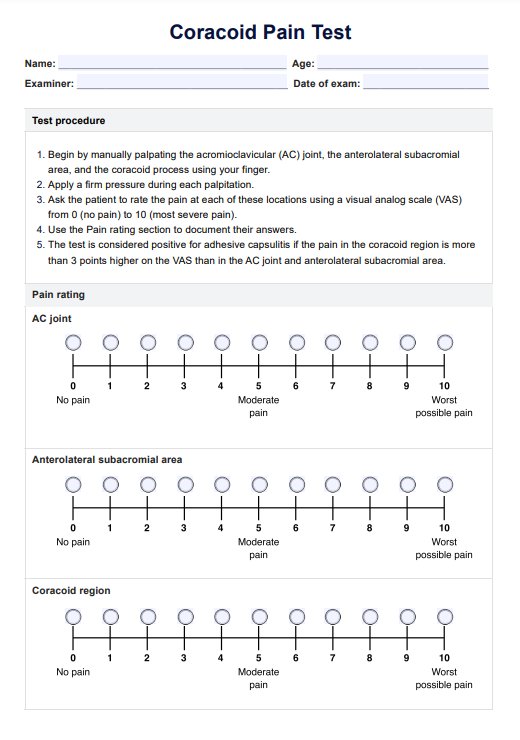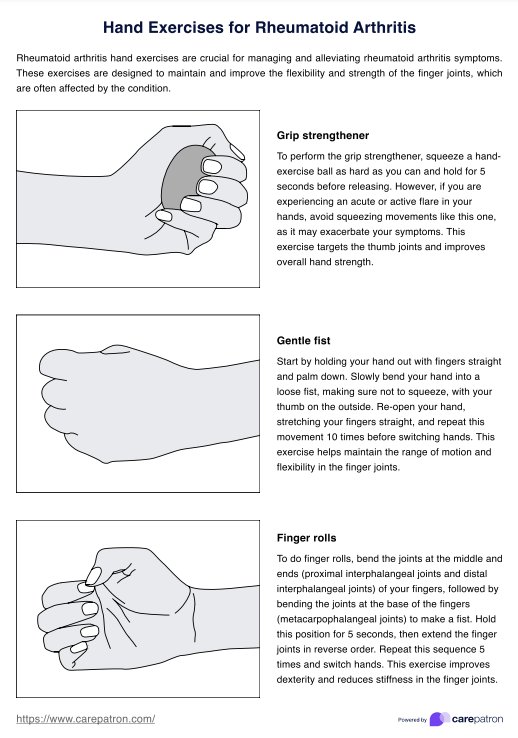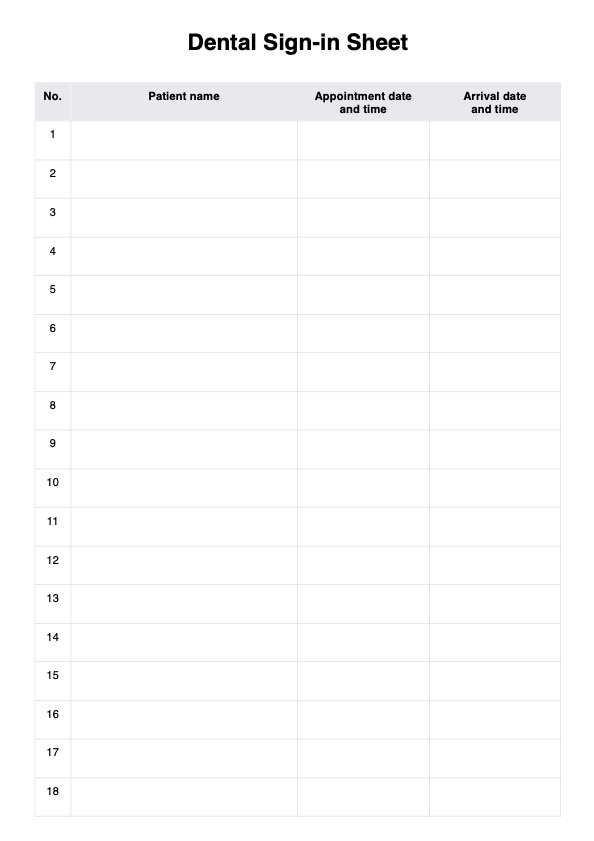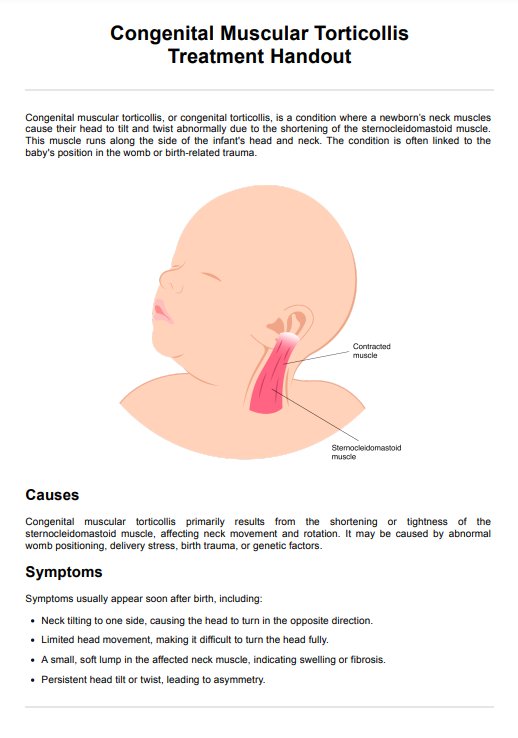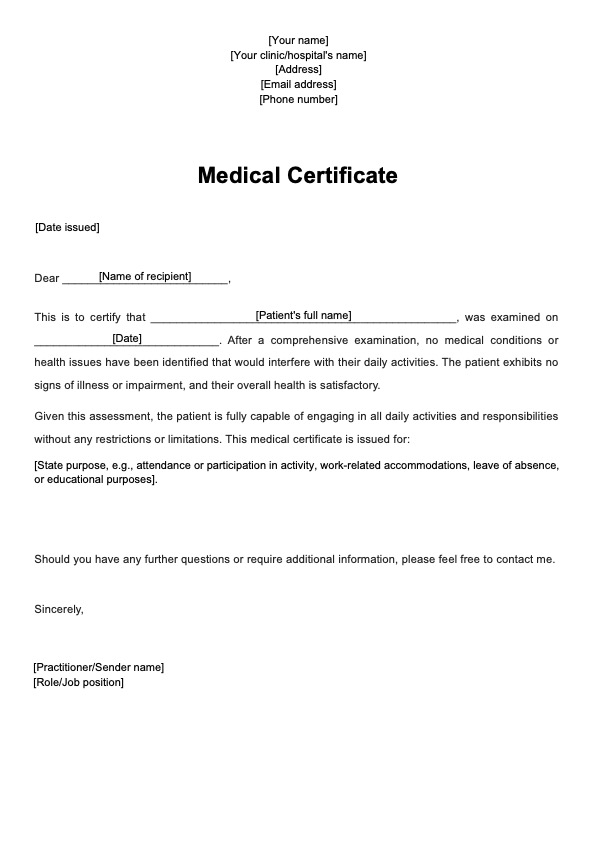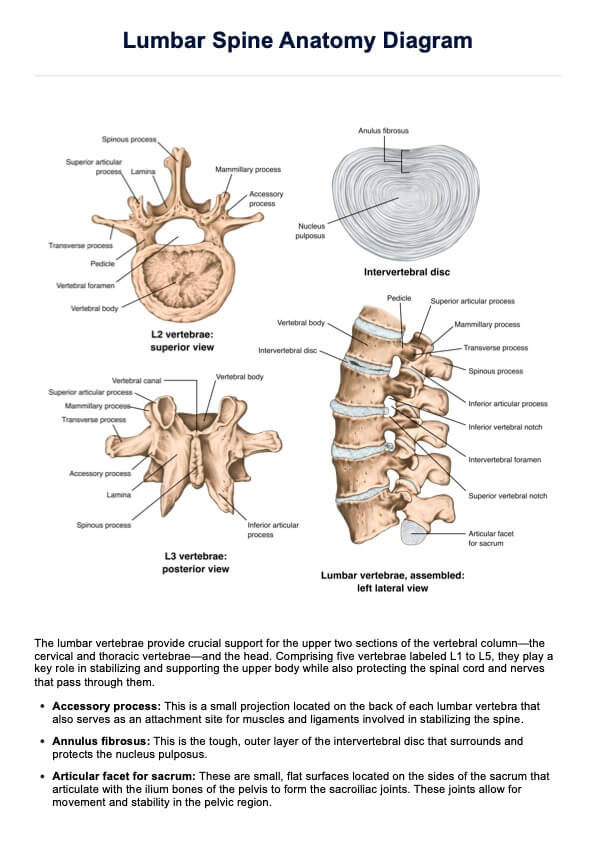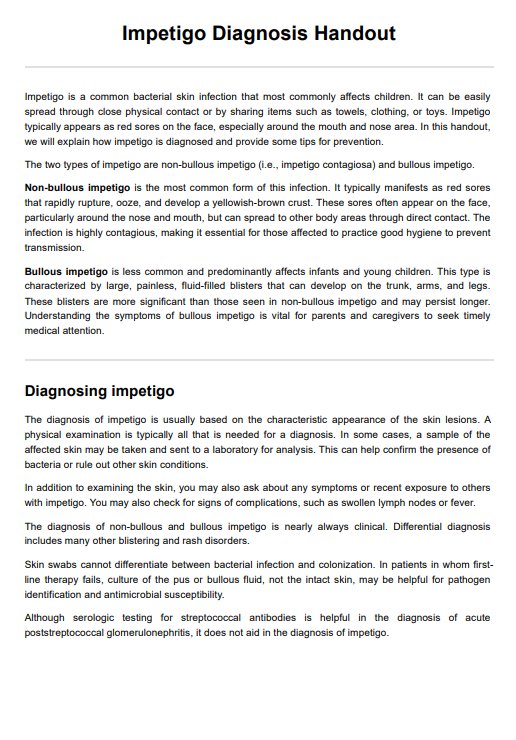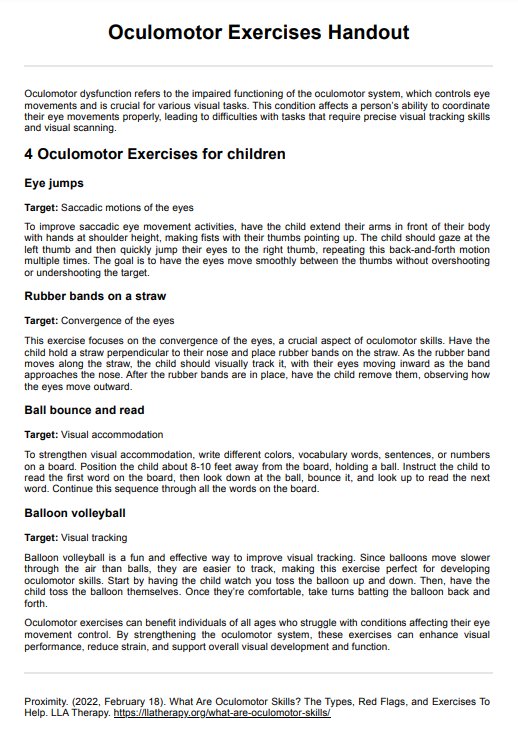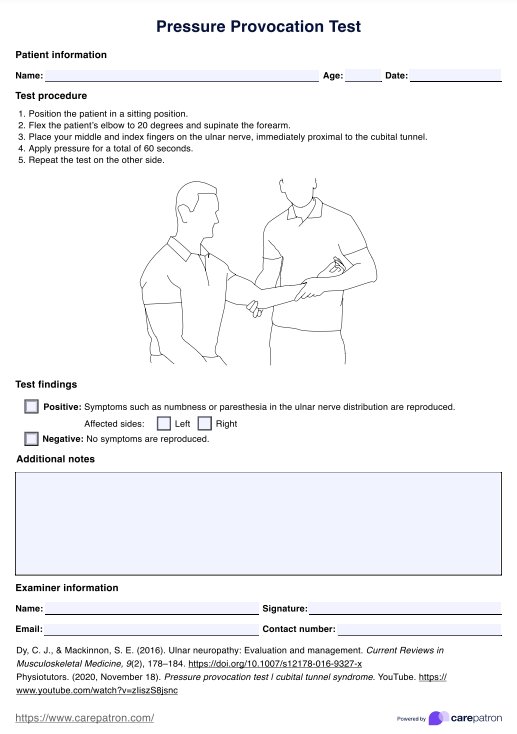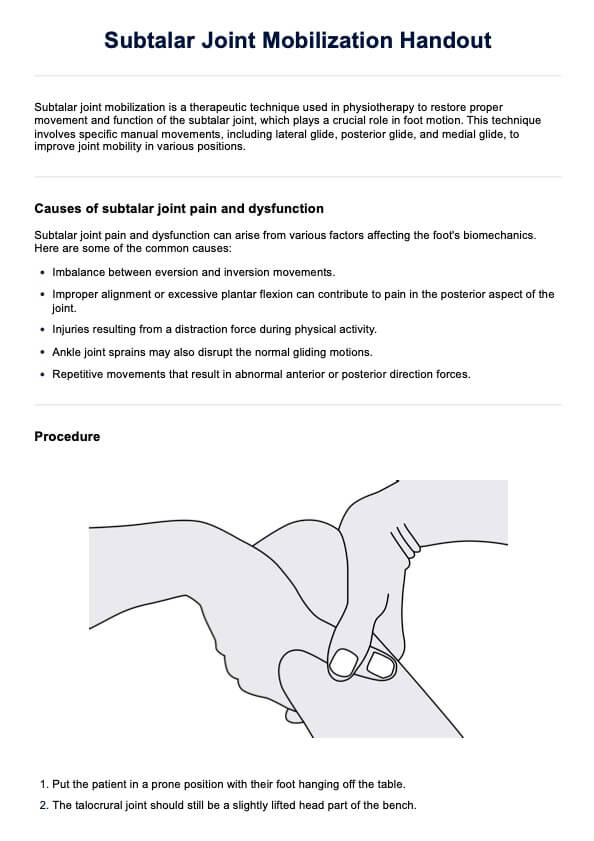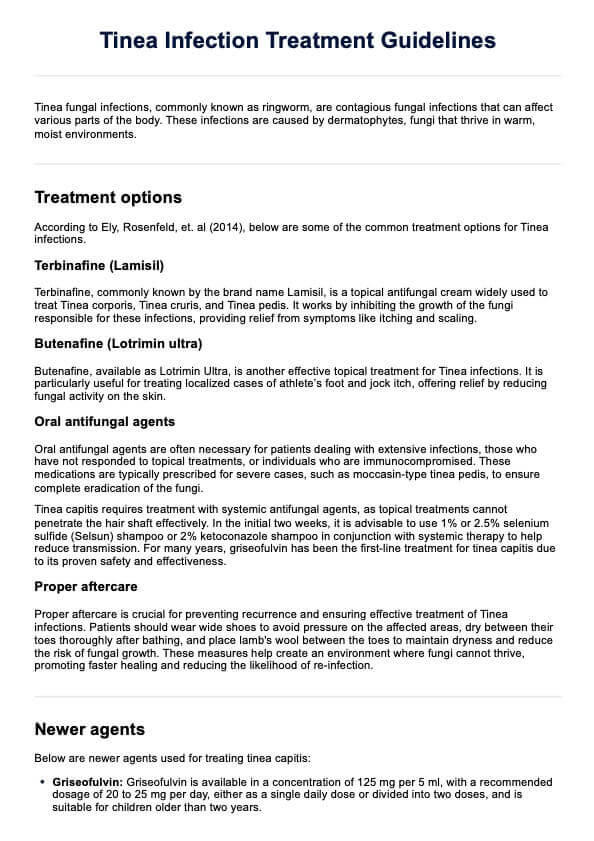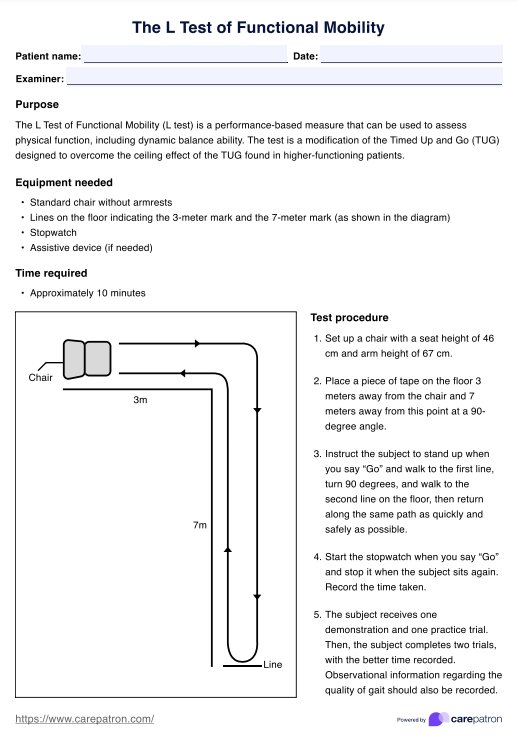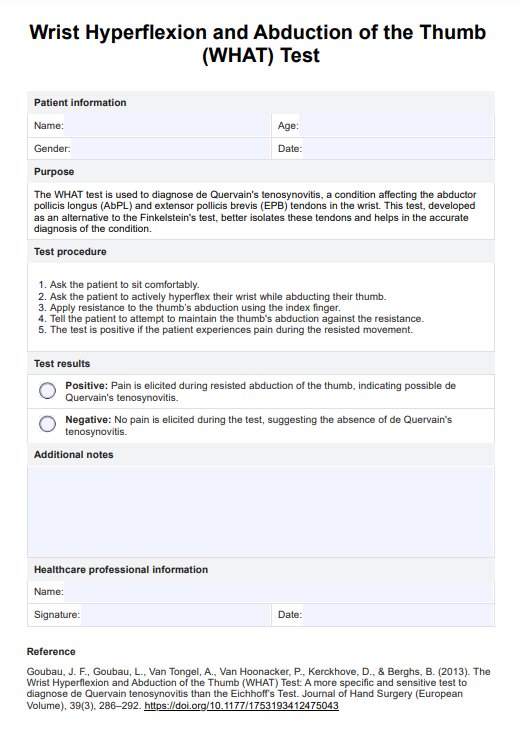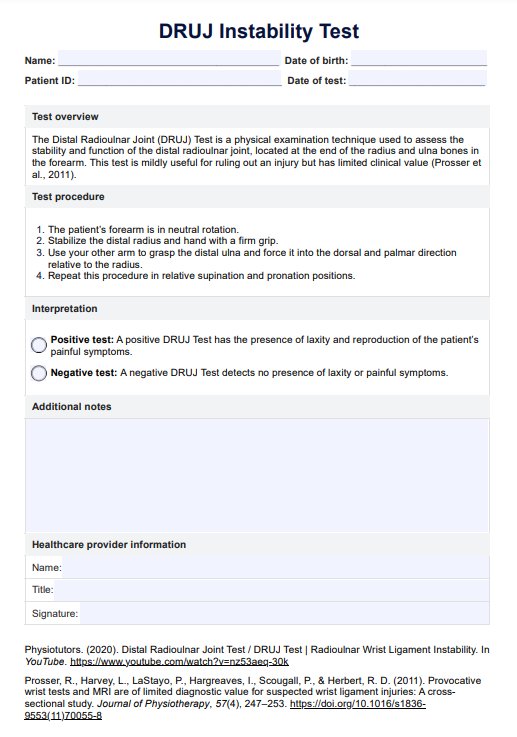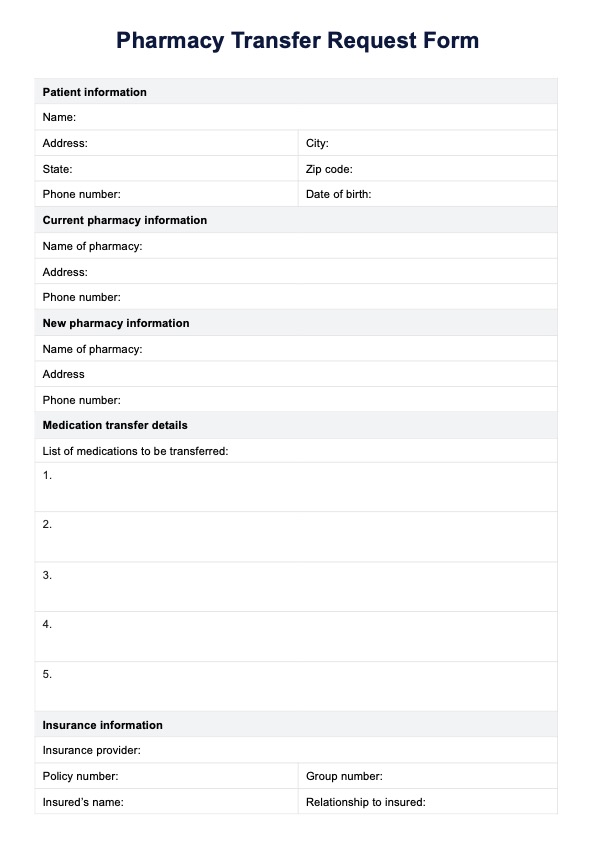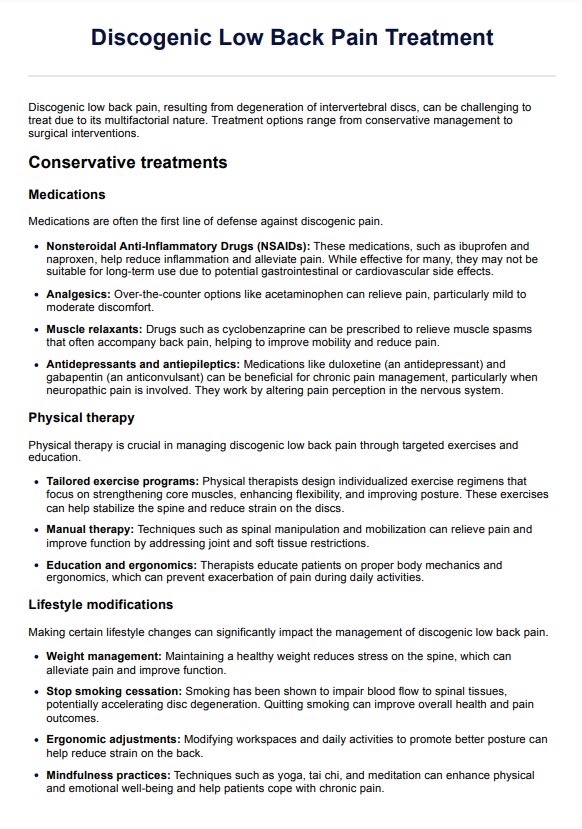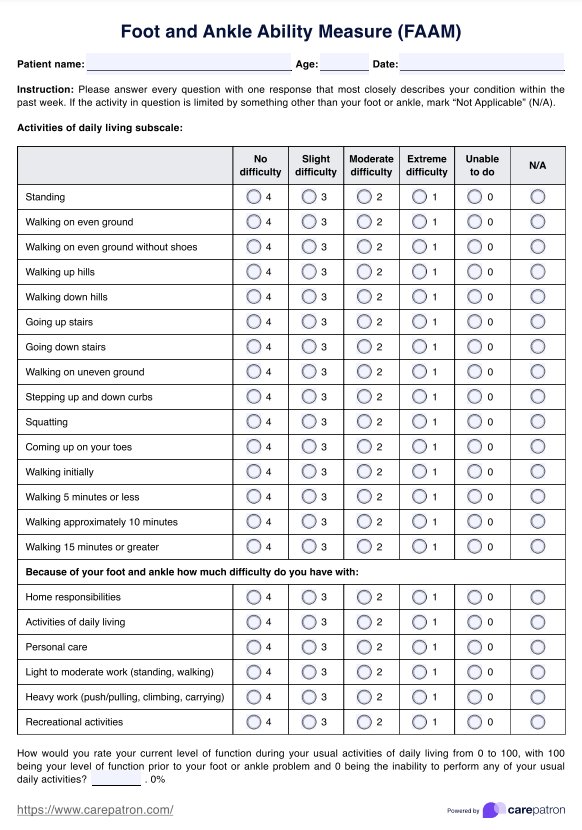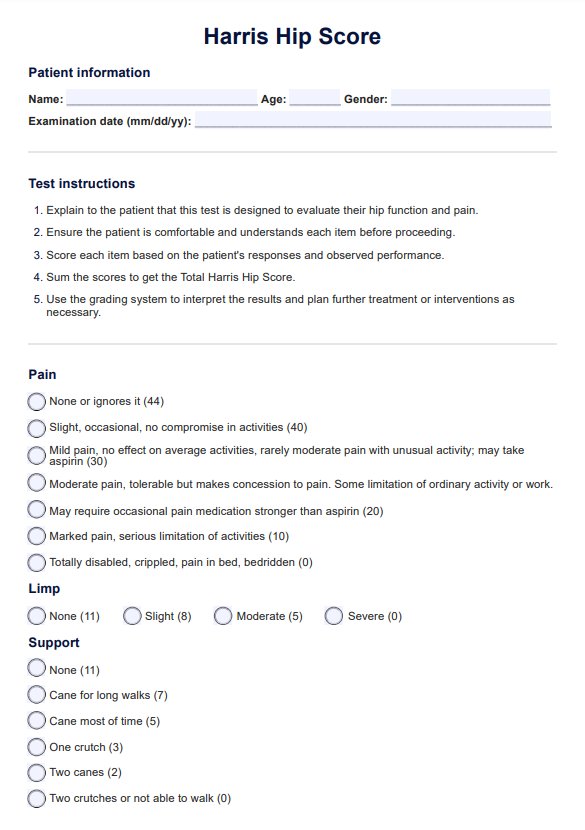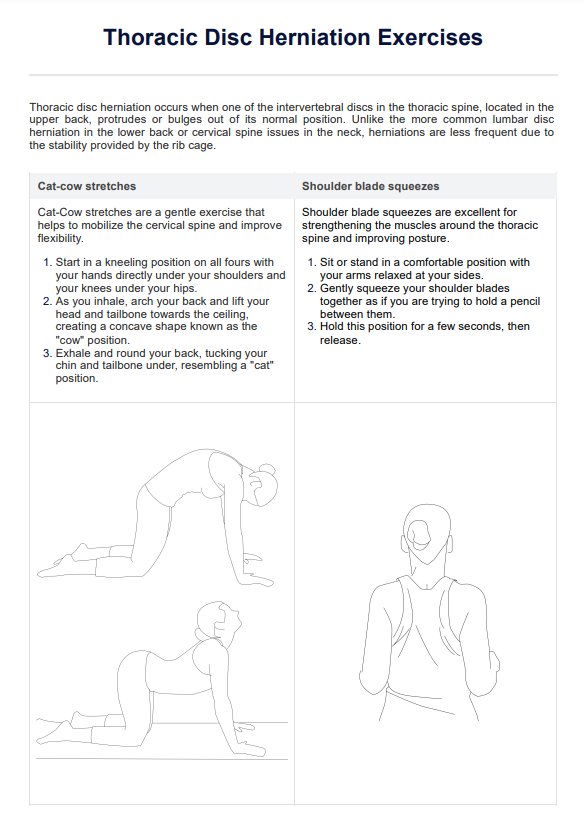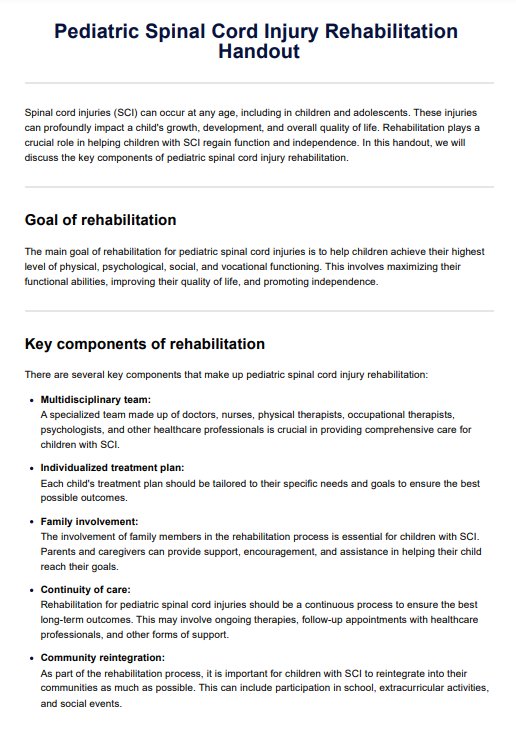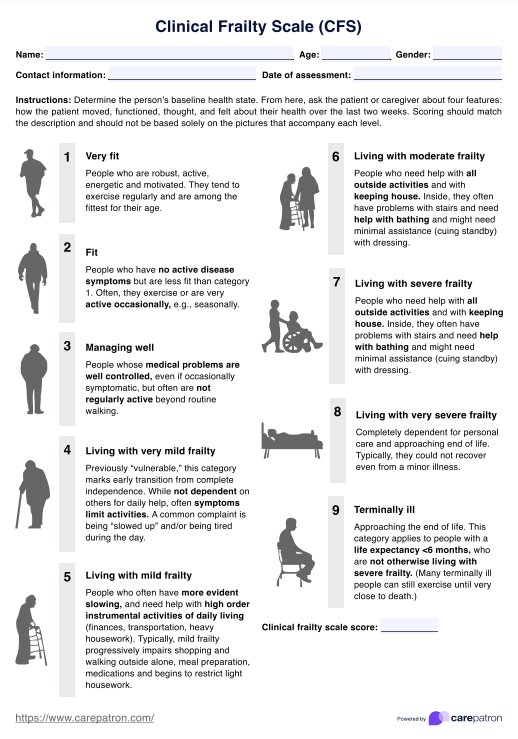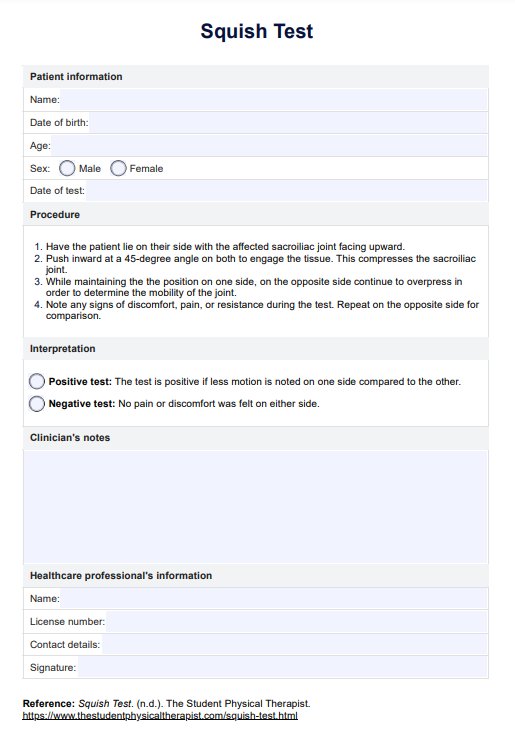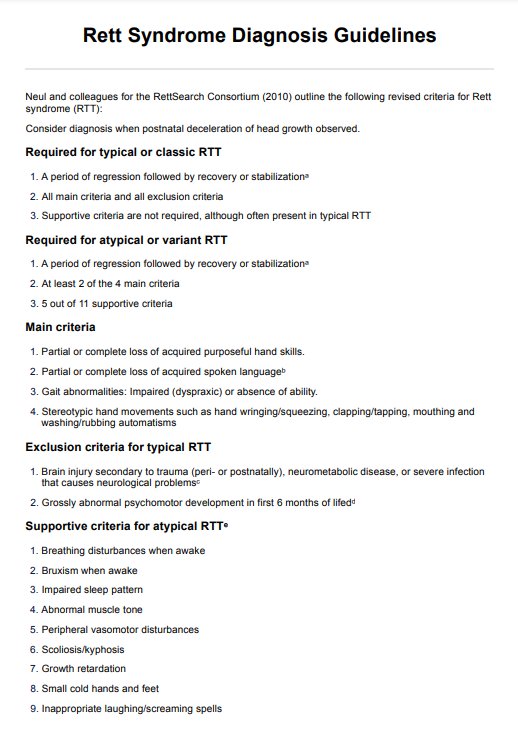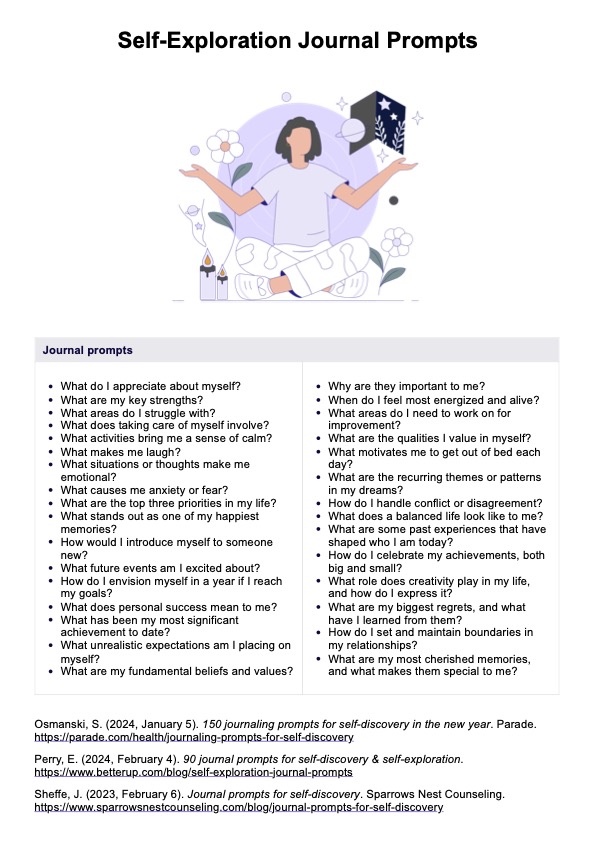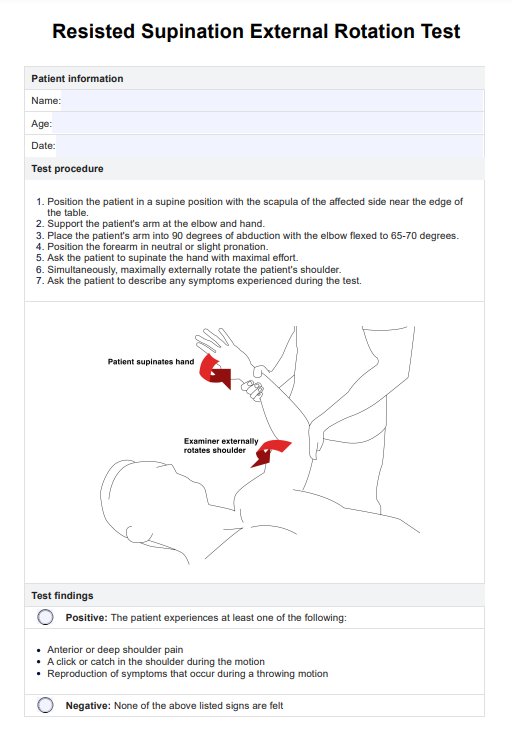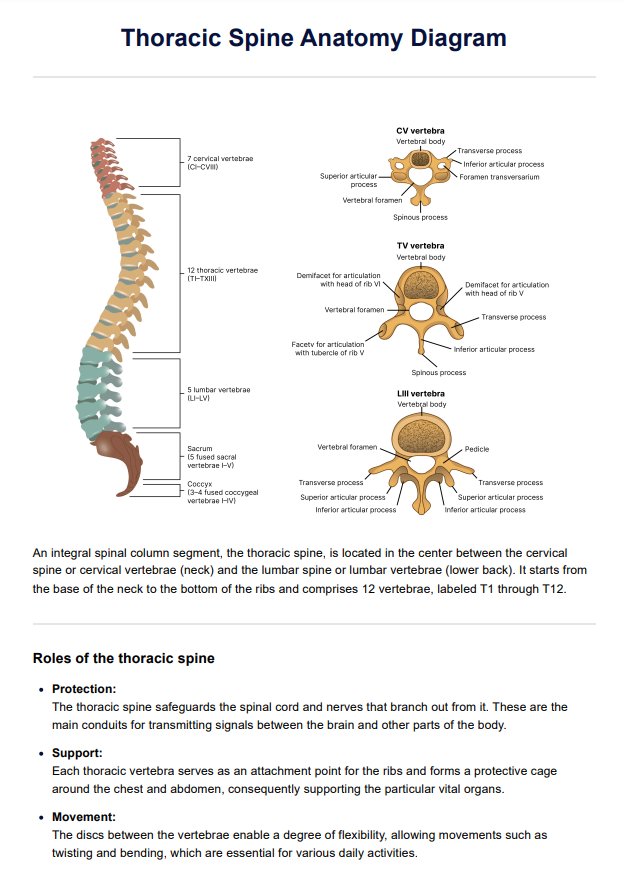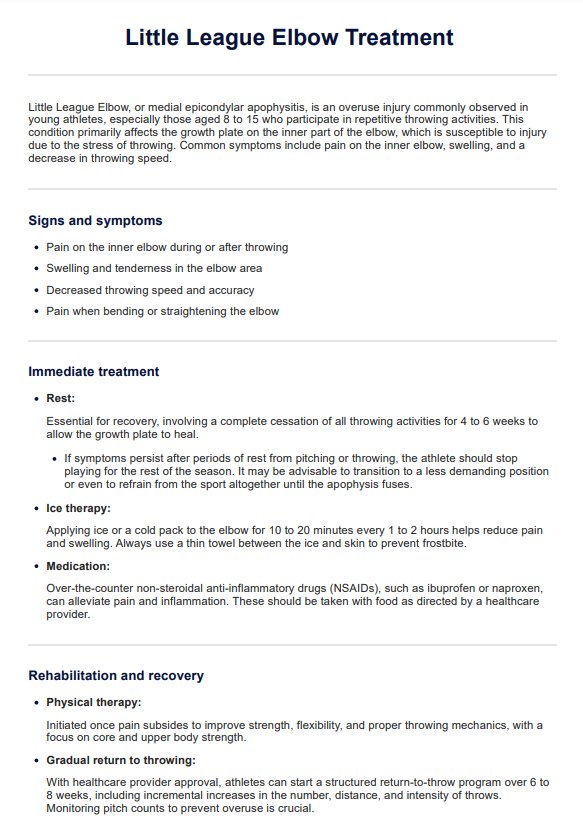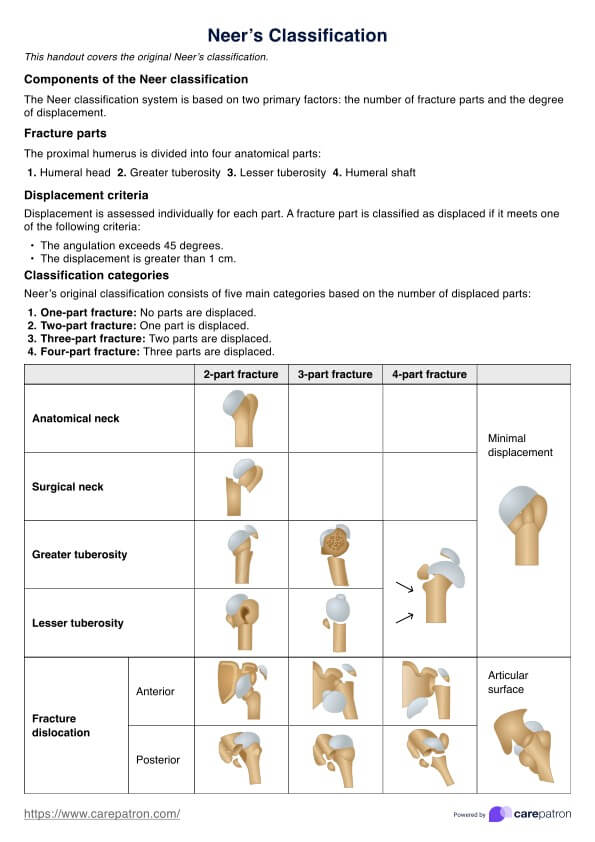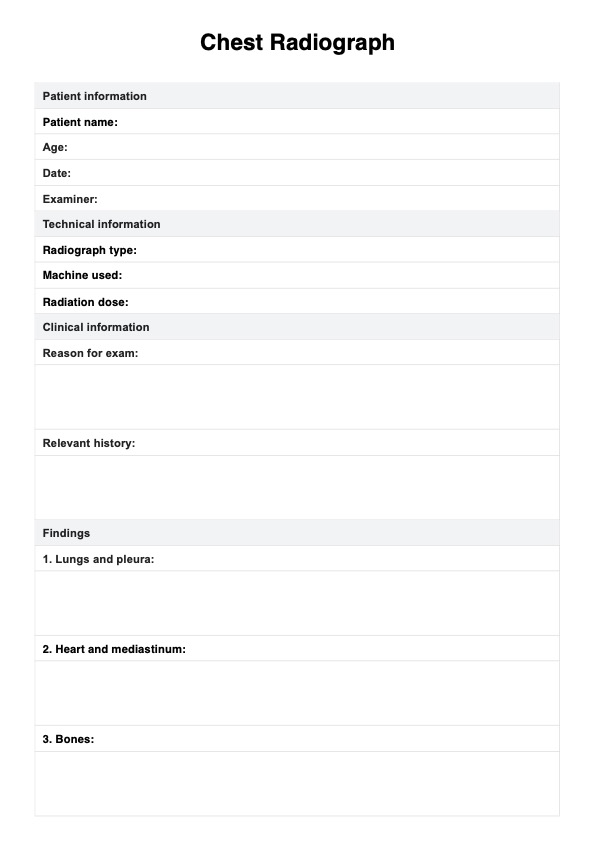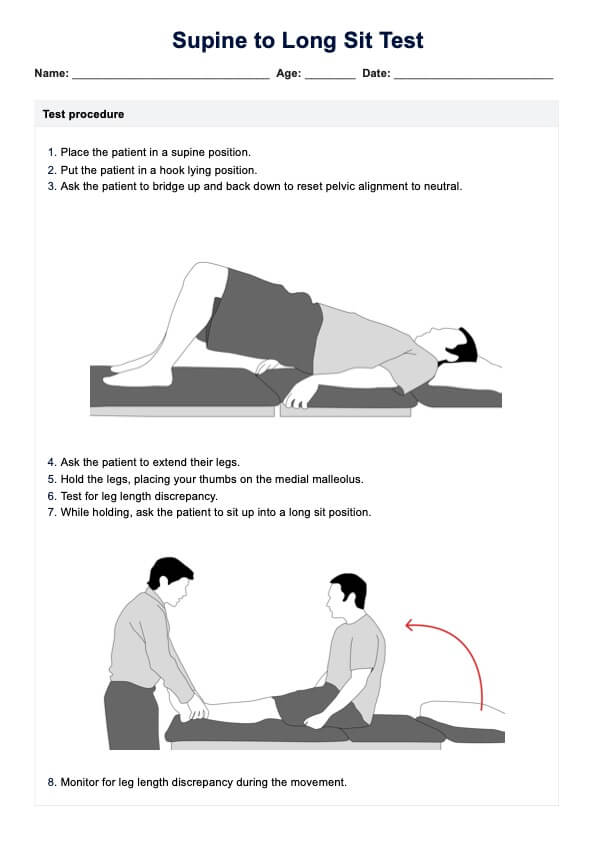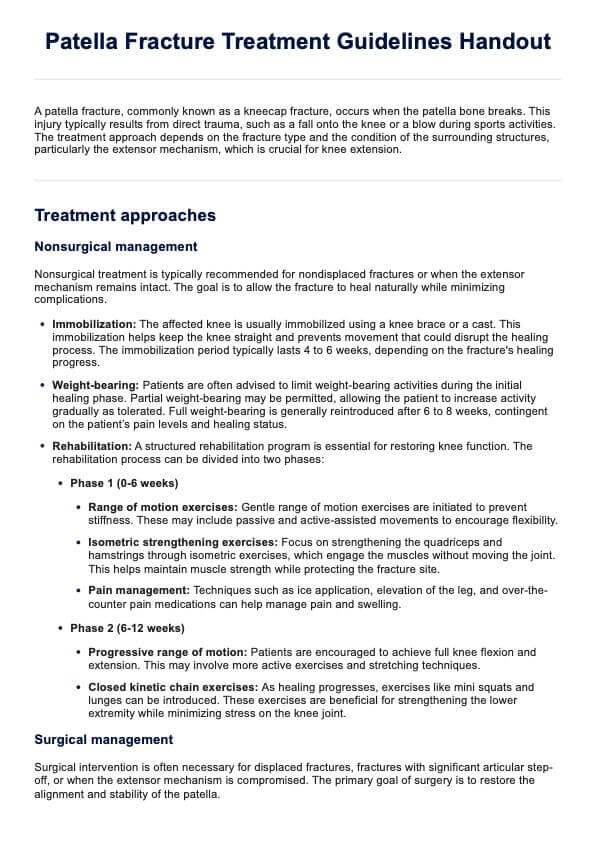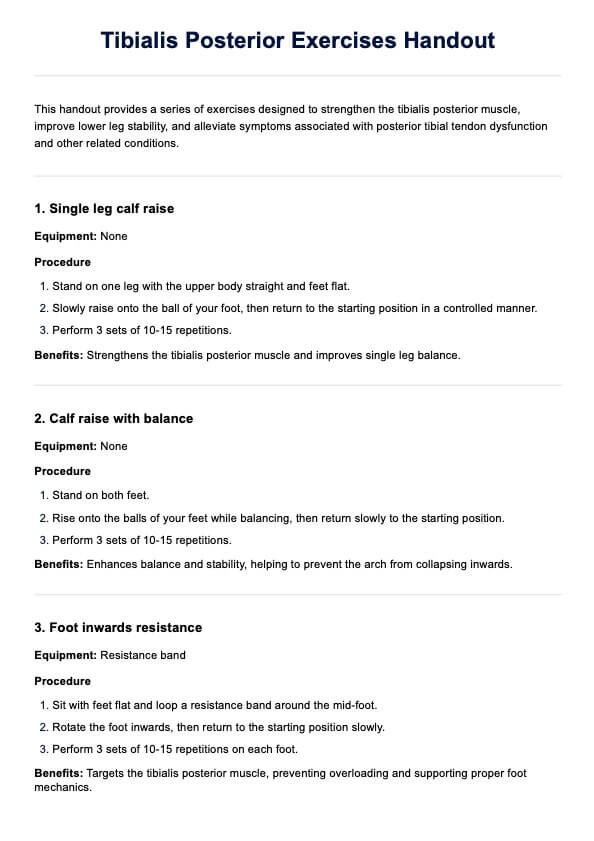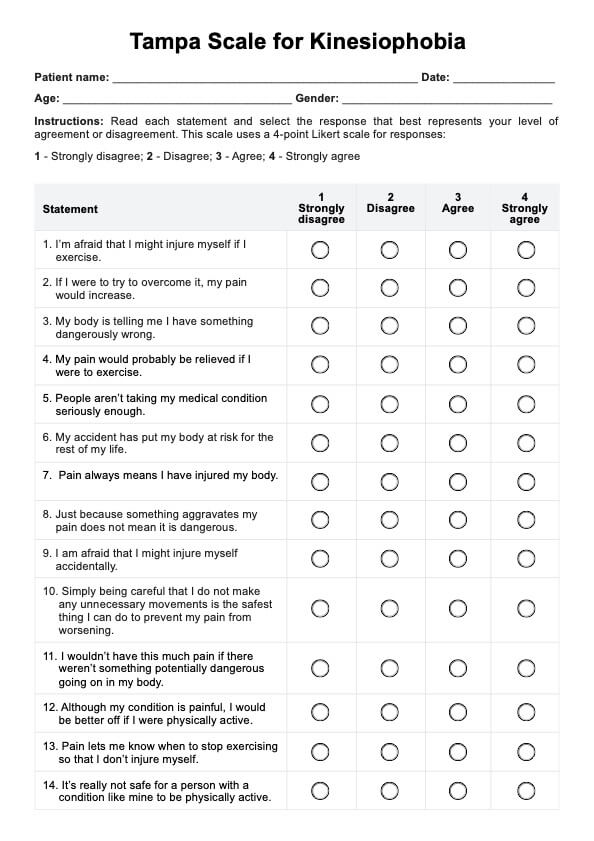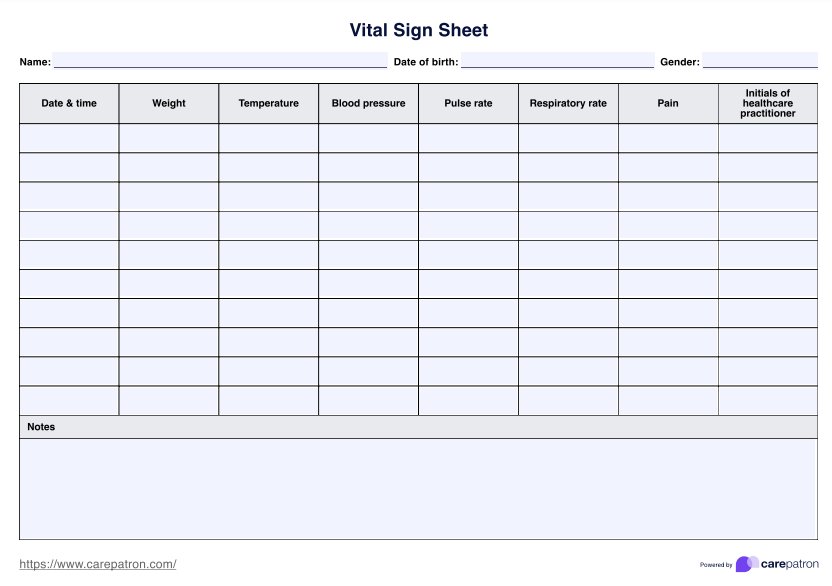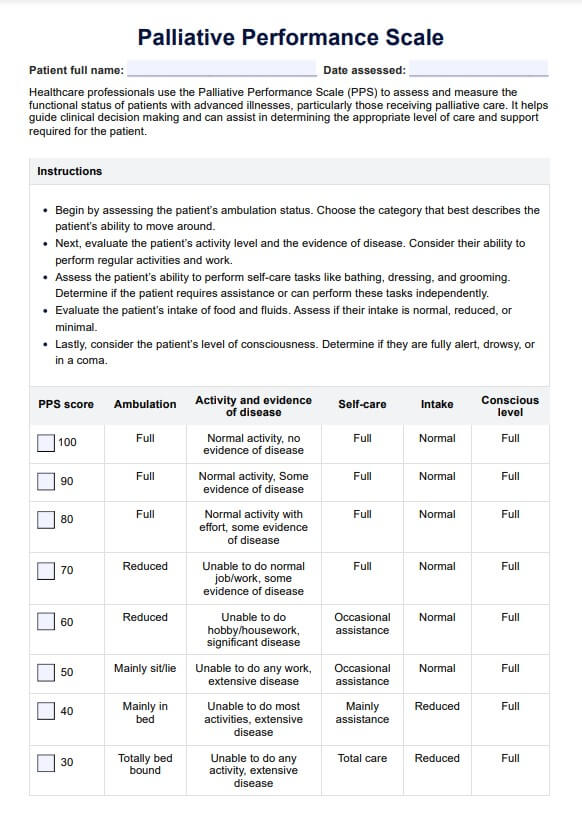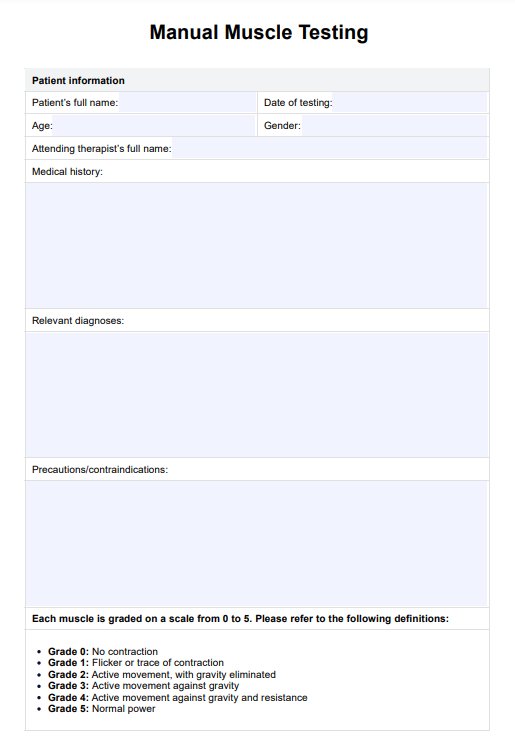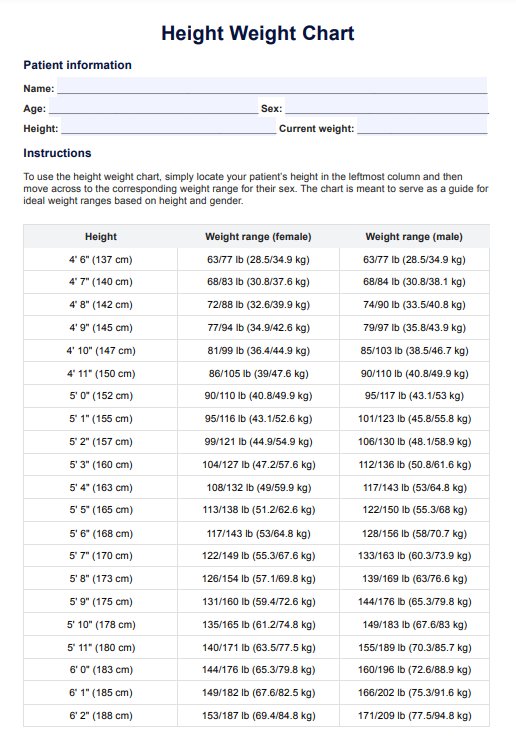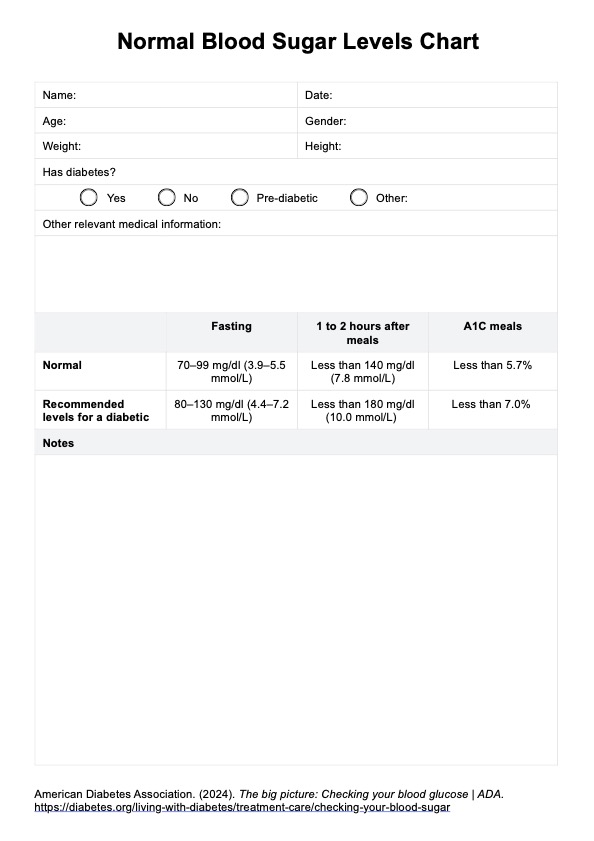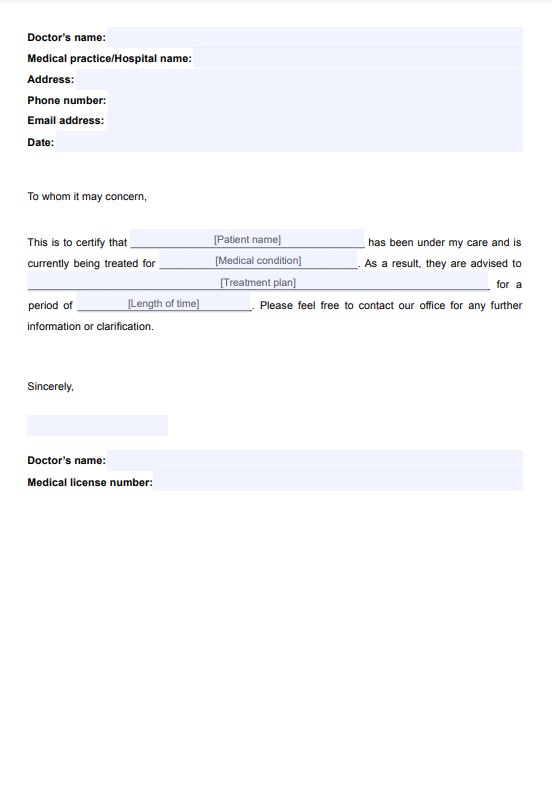HIPAA Medical Release Form
Use this HIPAA Medical Release Form template to ensure compliant disclosure of protected health information while maintaining privacy and regulatory standards.


What is a HIPAA Medical Release Form?
A HIPAA Medical Release Form, or HIPAA authorization, allows a patient to authorize a health care entity to disclose protected health information (PHI) to designated third parties. It ensures compliance with HIPAA privacy regulations while facilitating treatment, health care operations, or payment processes.
This form includes key details such as patient identification, the entity authorized to share PHI, the designated record set, the address of the receiving party, the purpose of disclosure, and the patient's right to revoke authorization. Whether changing providers or engaging in clinical research, this document maintains the balance between privacy and essential data sharing.
Understanding this authorization process is crucial for patients, providers, and caregivers to uphold privacy while ensuring seamless connections in medical communication.
Key components of a HIPAA Medical Release Form
According to the U.S. Department of Health & Human Services (n.d.), a valid HIPAA authorization must include specific elements such as patient identification, purpose of disclosure, and expiration details. Below are the essential elements typically included in this document:
- Patient information: Full name, date of birth, and contact details of the individual authorizing the release of medical records.
- Authorized entity: The healthcare provider, facility, or organization permitted to disclose PHI.
- Receiving party: The individual, organization, or institution designated to receive the disclosed information.
- Scope of disclosure: Specific medical records or information categories authorized for release, such as lab results, imaging reports, or treatment history.
- Purpose of disclosure: The reason for sharing the information, including treatment coordination, legal proceedings, insurance claims, or research participation.
- Expiration date: A defined period or event after which the authorization expires.
- Revocation clause: The patient has the right to withdraw consent at any time, with instructions on how to do so.
- Signature and date: The patient or legal representative's signatures and the date of authorization are required.
Properly completing this form ensures legal compliance and facilitates a streamlined exchange of critical health information while maintaining patient privacy and security.
HIPAA Medical Release Form Template
HIPAA Medical Release Form Example
How to use this template
A well-structured HIPAA Medical Release Form ensures compliance with privacy regulations while facilitating secure and authorized information exchange. Here are the steps on how to use our template:
Step 1: Download the template
Obtain the HIPAA Medical Release Form to ensure compliance with the Health Insurance Portability and Accountability Act (HIPAA). This form is essential for authorizing the release of medical records while protecting patient privacy.
Step 2: Fill in the required details
Enter the patient’s name, address, date of birth, and other identifying information. Clearly specify the office or healthcare provider responsible for releasing the records and the entity authorized to receive them.
Step 3: Select the information category
Indicate whether all medical records should be released or only specific categories of information, such as treatment history, lab results, or mental health records. This ensures only the necessary information is shared.
Step 4: Set an expiration date and sign
Define when the authorization will expire to maintain compliance. The patient (or legal representative) must sign and date the form to confirm consent. Without a valid signature, the authorization will not be processed.
Step 5: Submit and retain a copy
Send the completed form to the appropriate office or healthcare provider handling the request. Keep a copy for personal records to track the authorization status and ensure compliance with HIPAA regulations.
When would you use this HIPAA Medical Release Form template?
Healthcare professionals use the HIPAA Medical Release Form Template in various situations to ensure compliance with and secure disclosure of PHI. Below are key instances when this template is necessary:
Transitioning care
When transitioning care between providers or healthcare facilities, this form ensures the secure transfer of medical records, facilitating continuity of care.
Legal representation
Legal representatives, healthcare surrogates, or designated parties require authorization to access medical records when making healthcare decisions on behalf of a patient.
Research participation
Healthcare professionals and research organizations use this form to obtain authorization for accessing PHI in studies while adhering to HIPAA regulations.
Insurance & legal requirements
This form is used to authorize PHI disclosure for insurance claims, legal proceedings, or regulatory compliance, ensuring proper documentation and adherence to privacy laws.
School and work requirements
Employers, educational institutions, and occupational health programs may require authorized access to medical records for health screenings, workplace accommodations, or injury-related documentation.
Benefits of using this HIPAA release form
This template is essential for healthcare professionals, administrators, and legal teams to ensure compliant and controlled disclosure of medical information. Key benefits include:
Clarity and control
The template allows precise authorization of who can access specific health data and for what purpose, ensuring compliance with patient consent requirements.
Legal compliance
Using a HIPAA-compliant form safeguards healthcare organizations from legal risks associated with unauthorized disclosure, ensuring adherence to federal privacy laws.
Accessibility and convenience
Readily available and standardized templates streamline the process of obtaining consent for PHI disclosure, reducing administrative burdens.
Privacy protection
The form ensures that health information is shared only under authorized conditions, maintaining privacy and preventing unnecessary exposure.
Facilitates coordination of care
This form facilitates seamless coordination by enabling secure and authorized record-sharing among healthcare providers, improving treatment outcomes.
Enhances patient engagement
This template supports informed decision-making by ensuring that patients actively authorize and understand the disclosure of their health data.
Reference
U.S. Department of Health & Human Services. (n.d.). HIPAA for Professionals. Available at: https://www.hhs.gov/hipaa/for-professionals/index.html
Commonly asked questions
Yes, a signed authorization is generally required unless the disclosure falls under HIPAA exemptions, such as treatment, payment, or healthcare operations.
The validity period depends on state regulations and the terms specified within the form. It typically remains valid until revoked or upon expiration.
Yes, patients can revoke authorization at any time in writing, unless the disclosure has already occurred based on prior consent.


